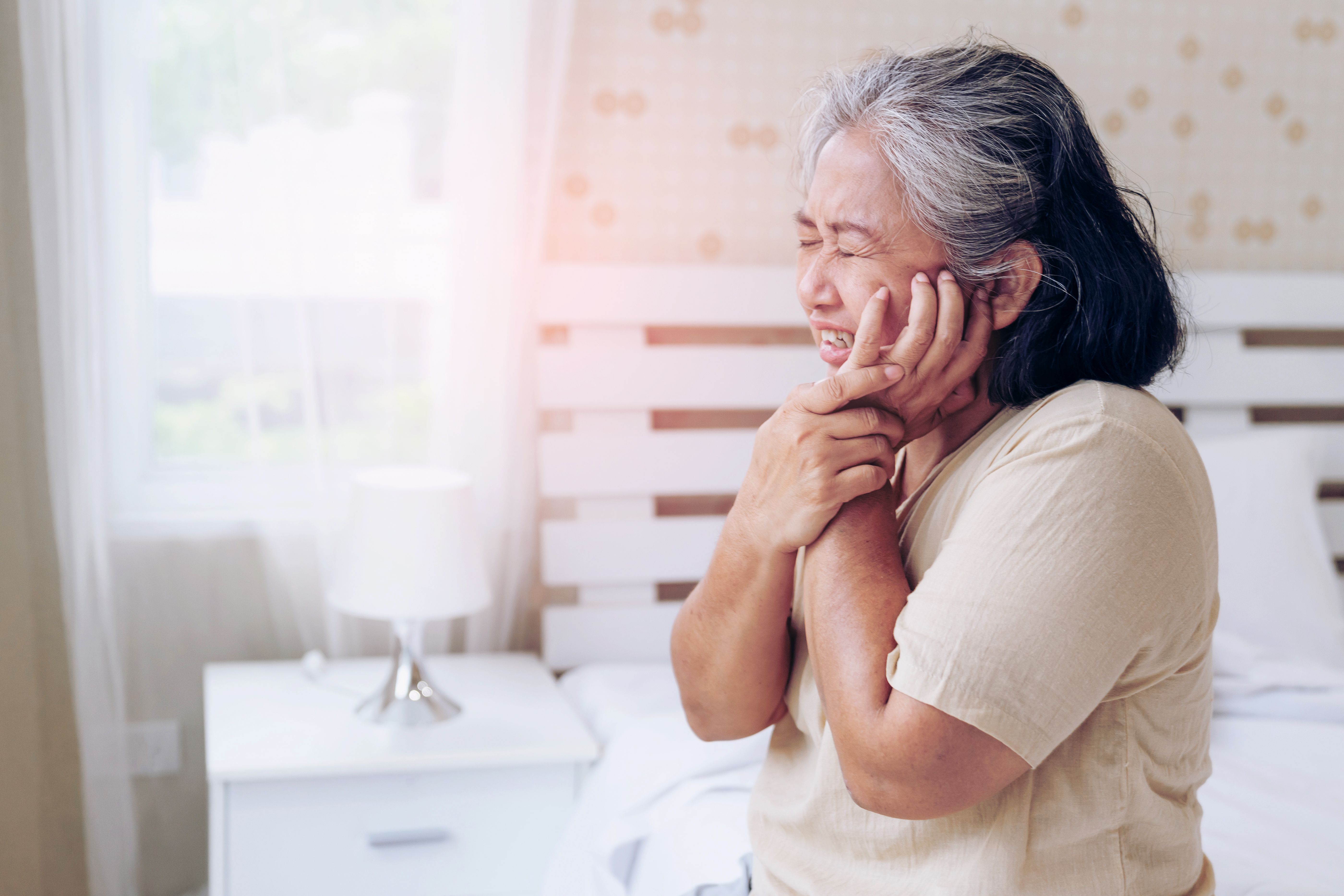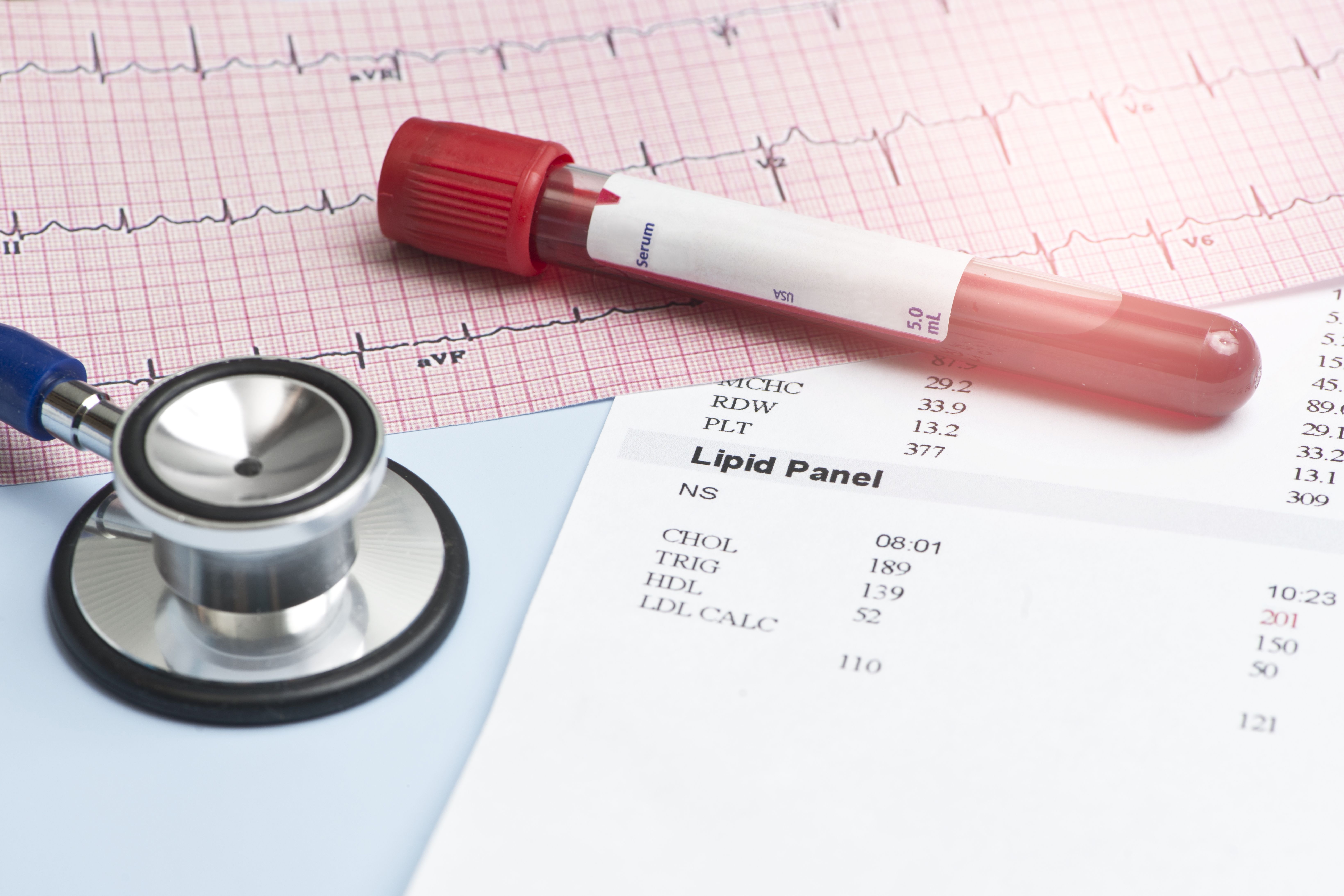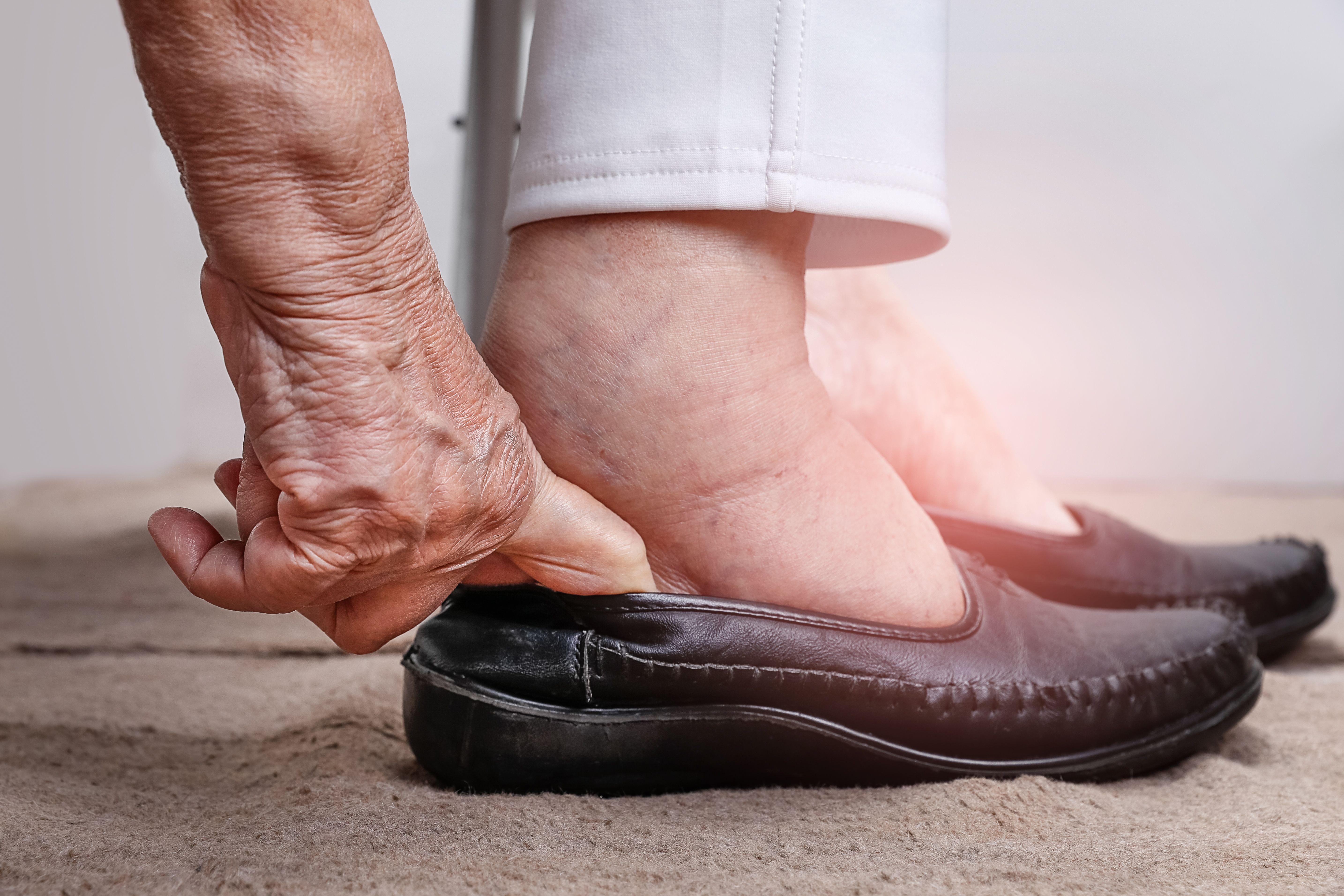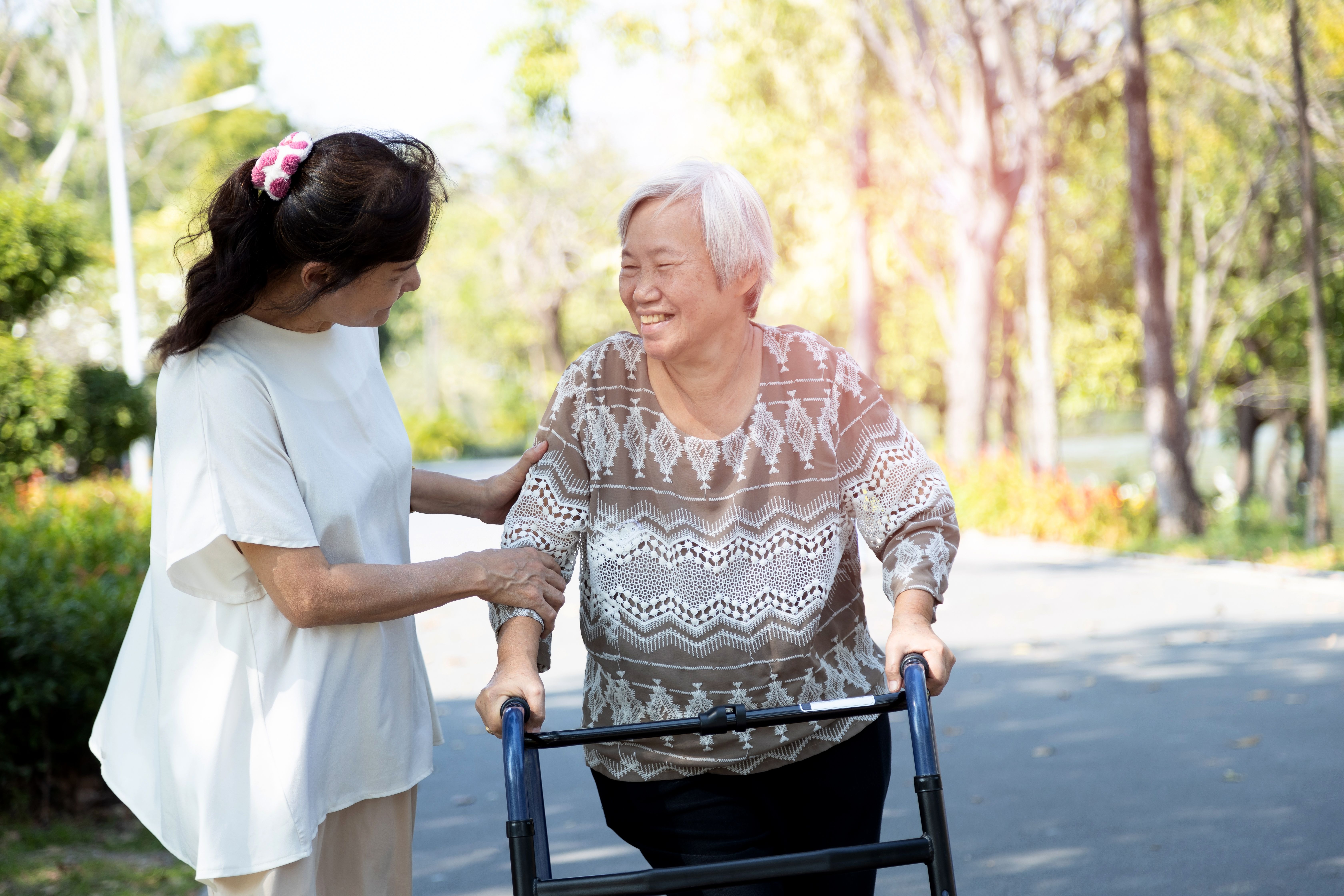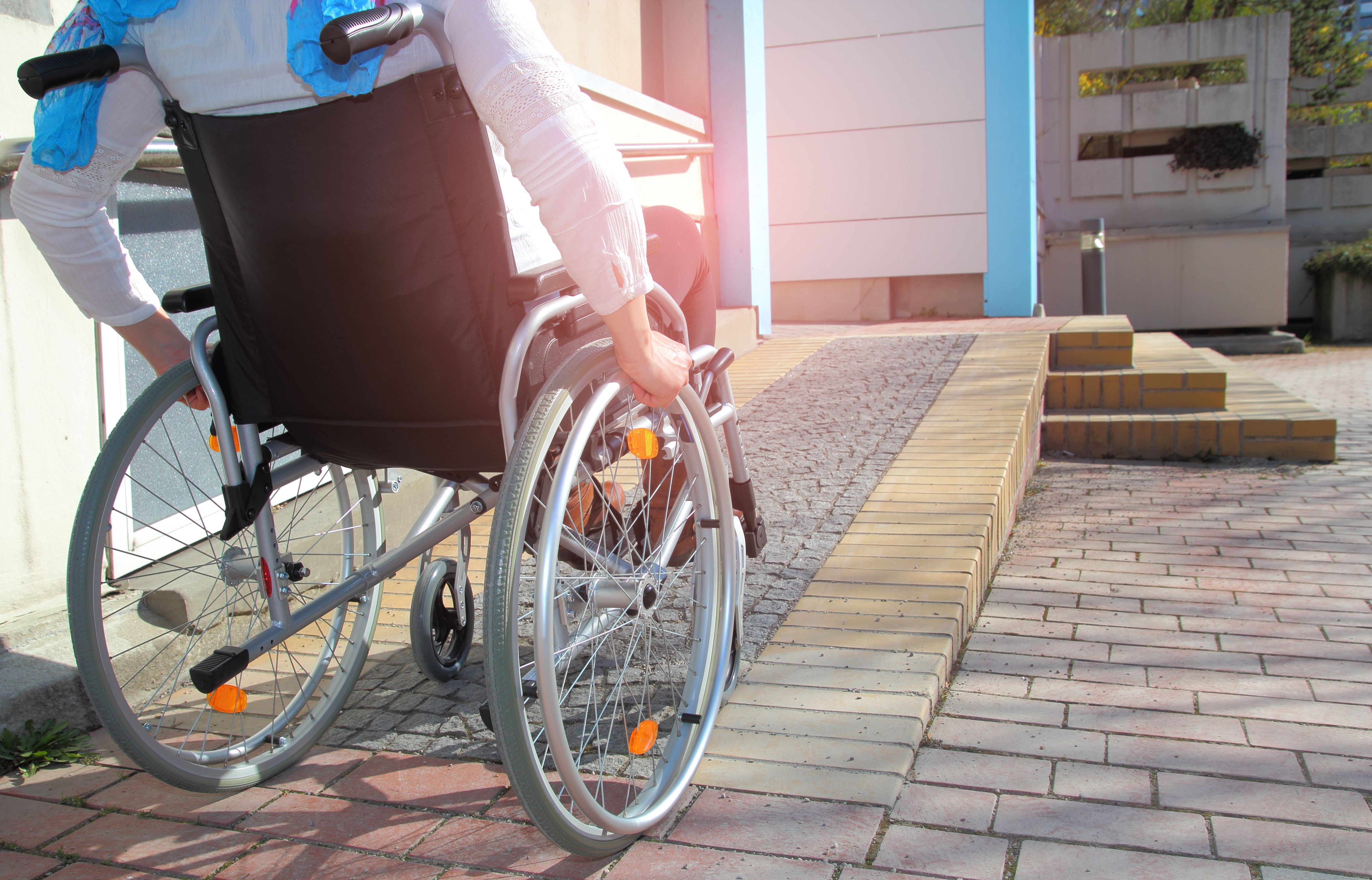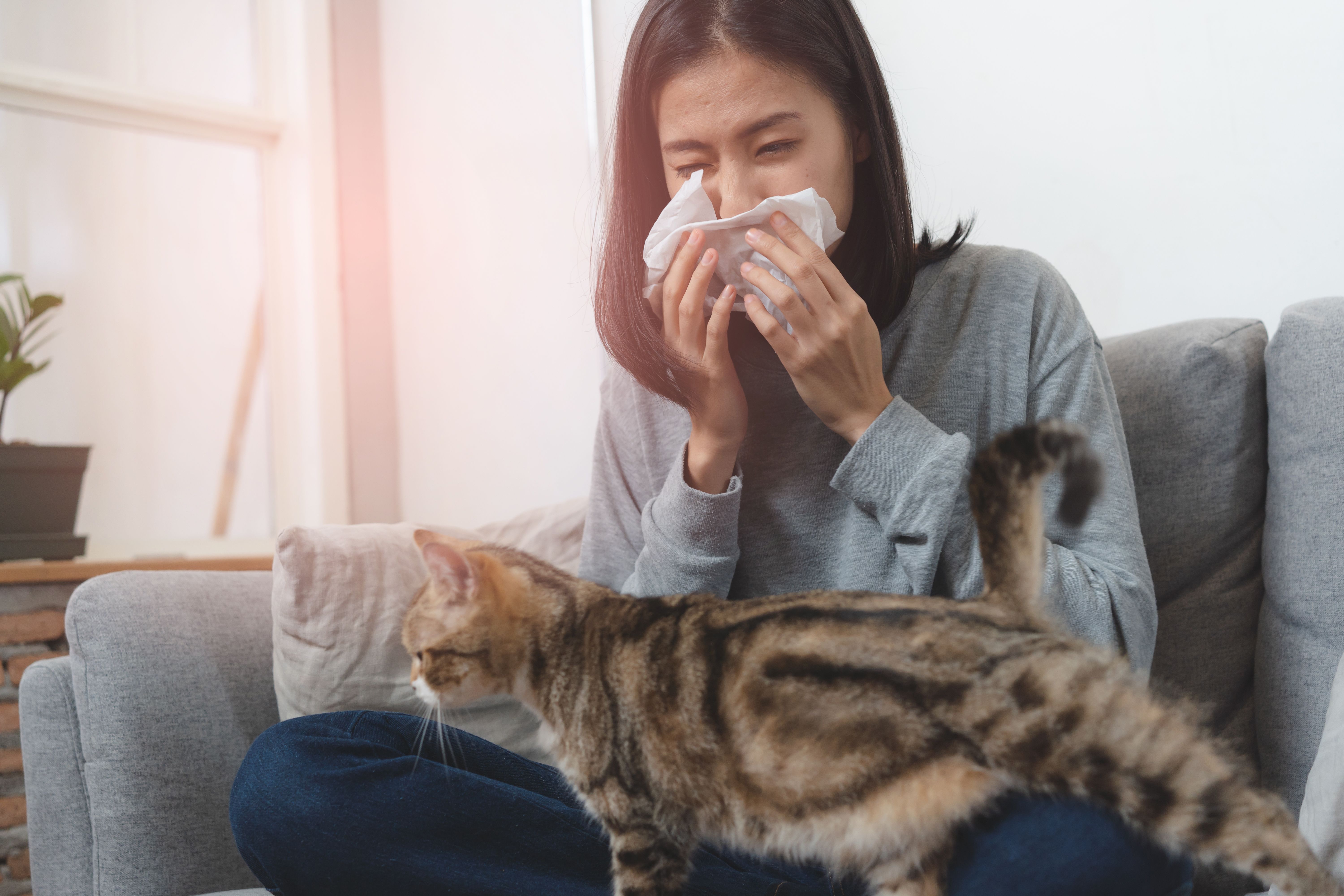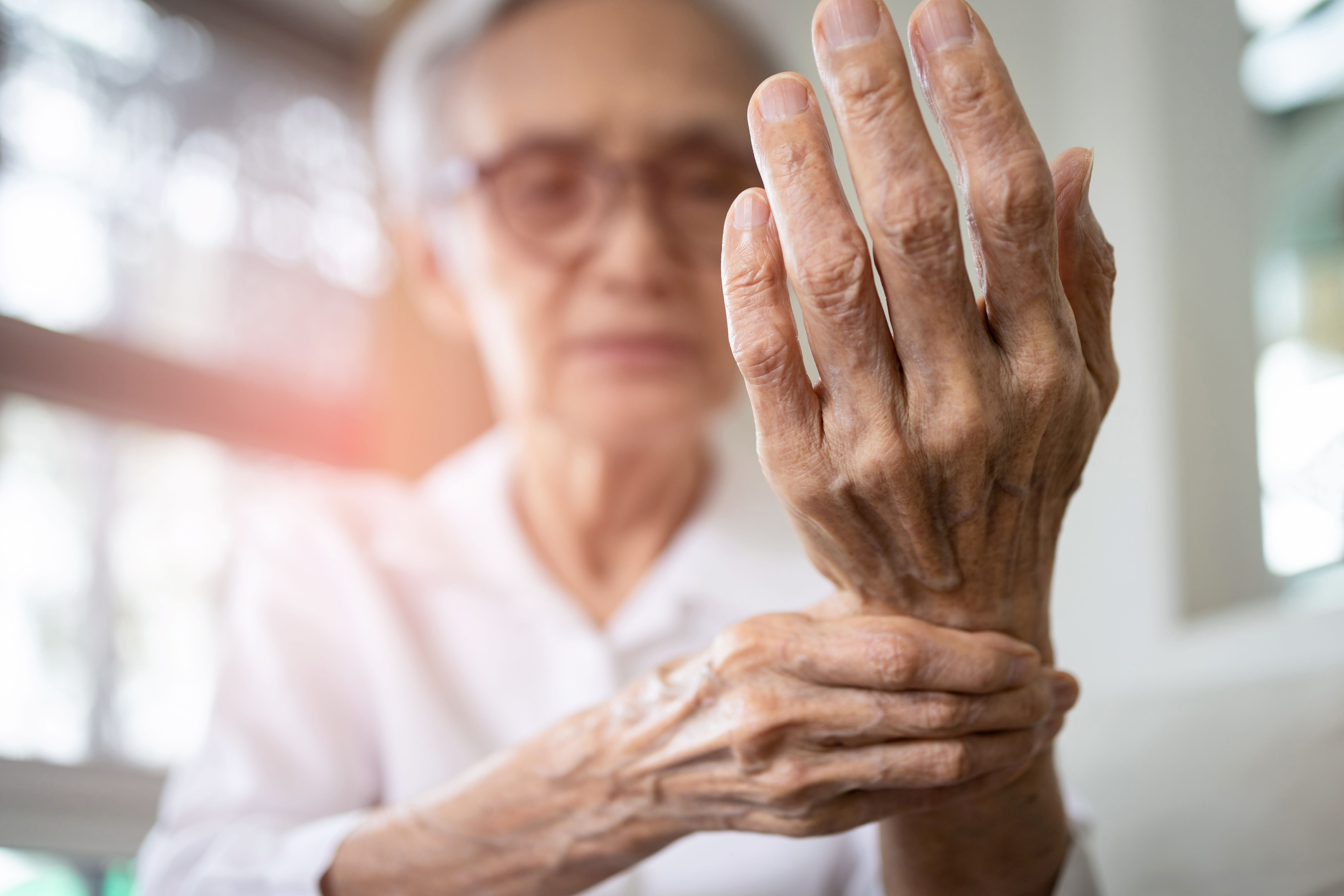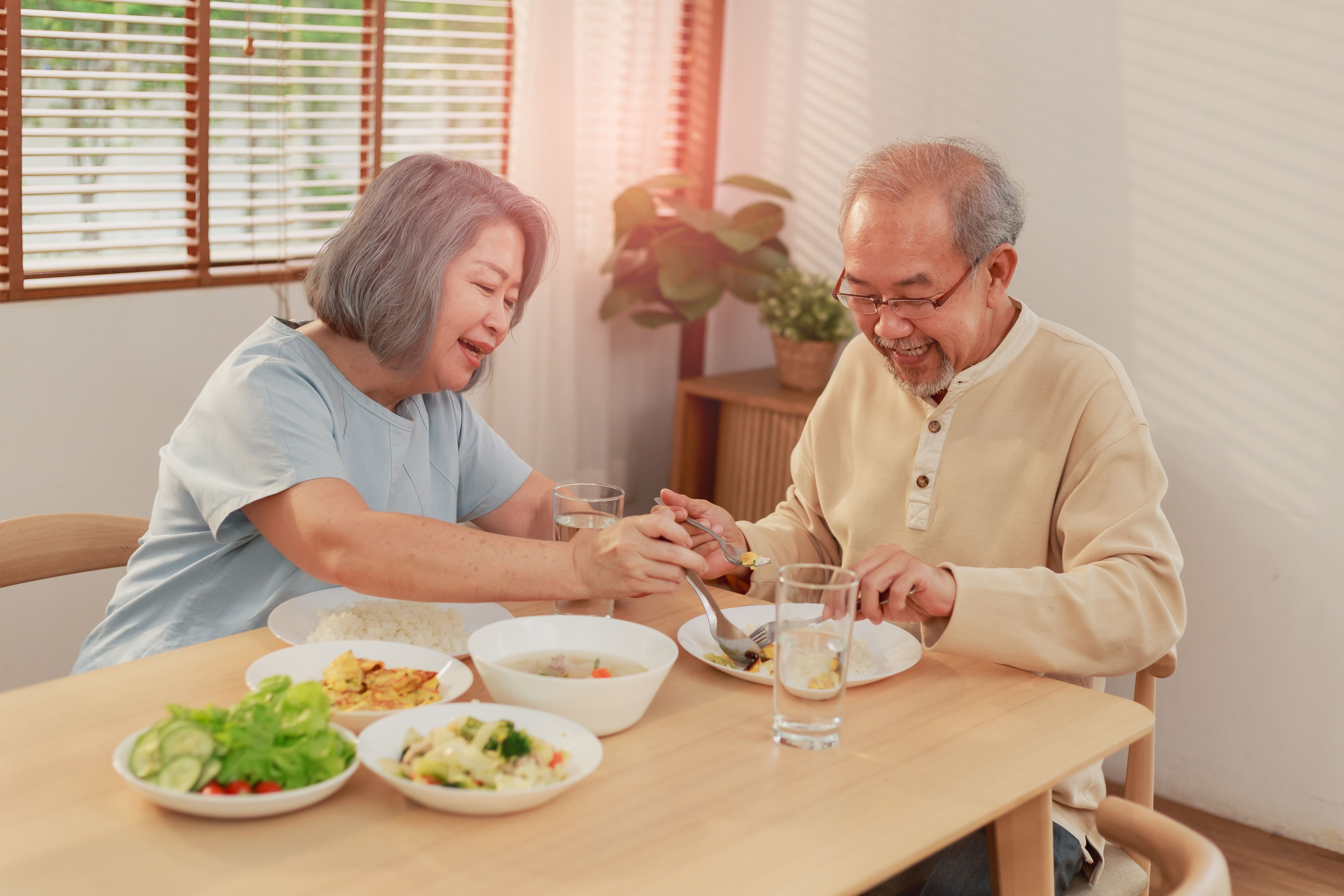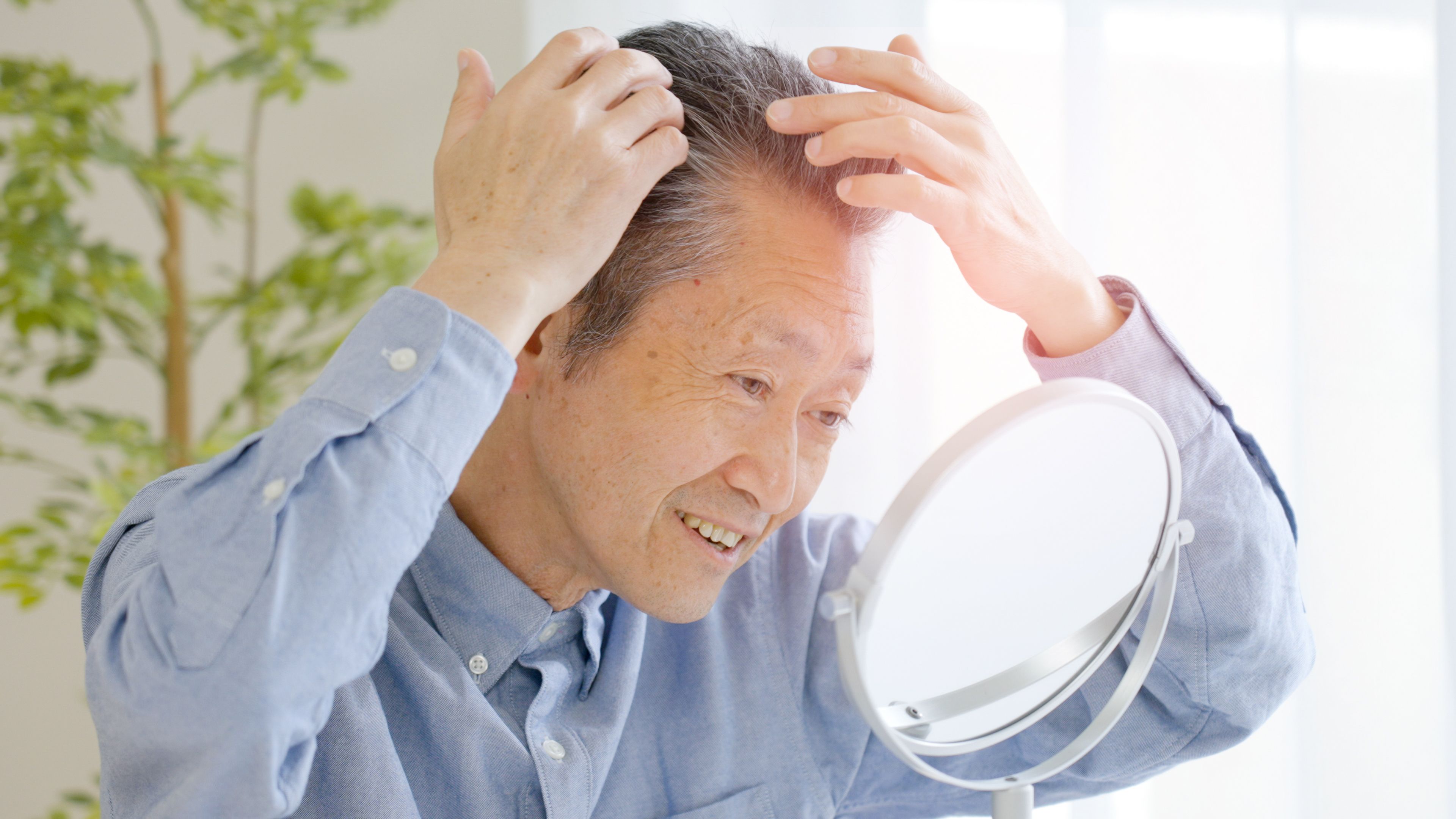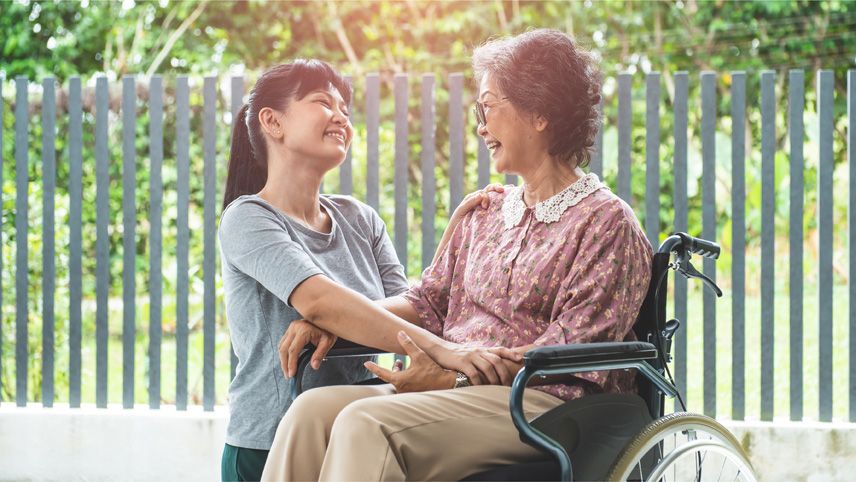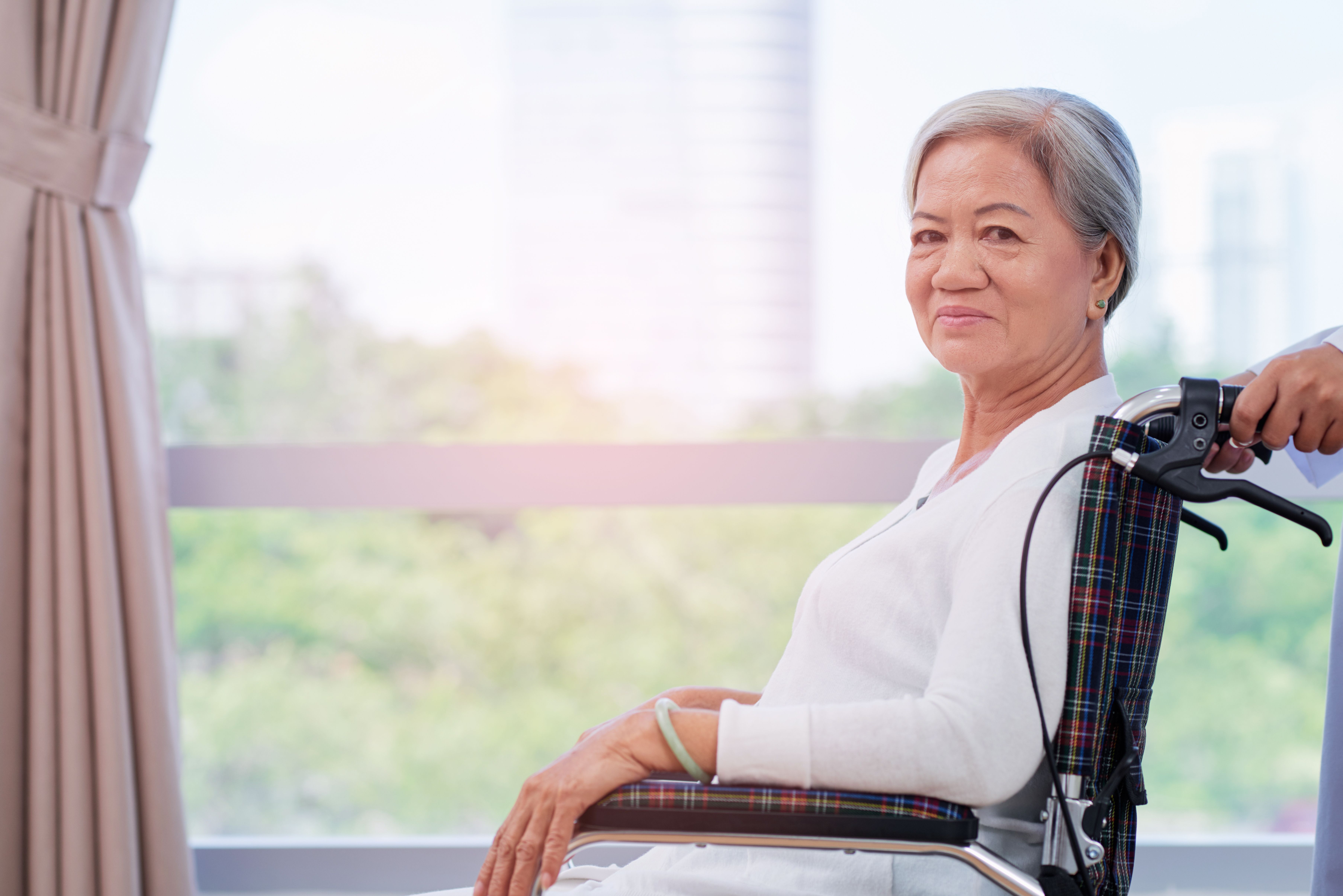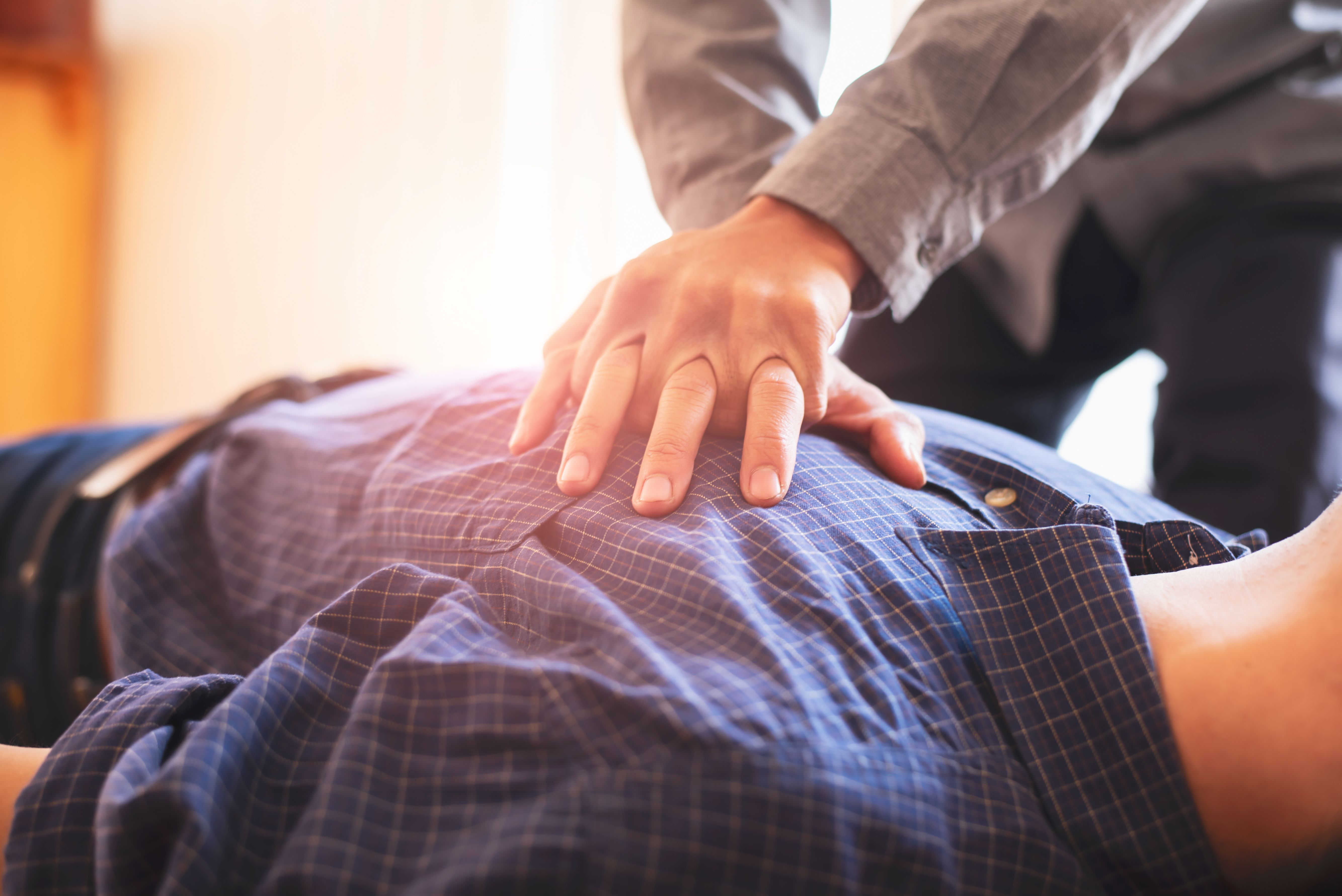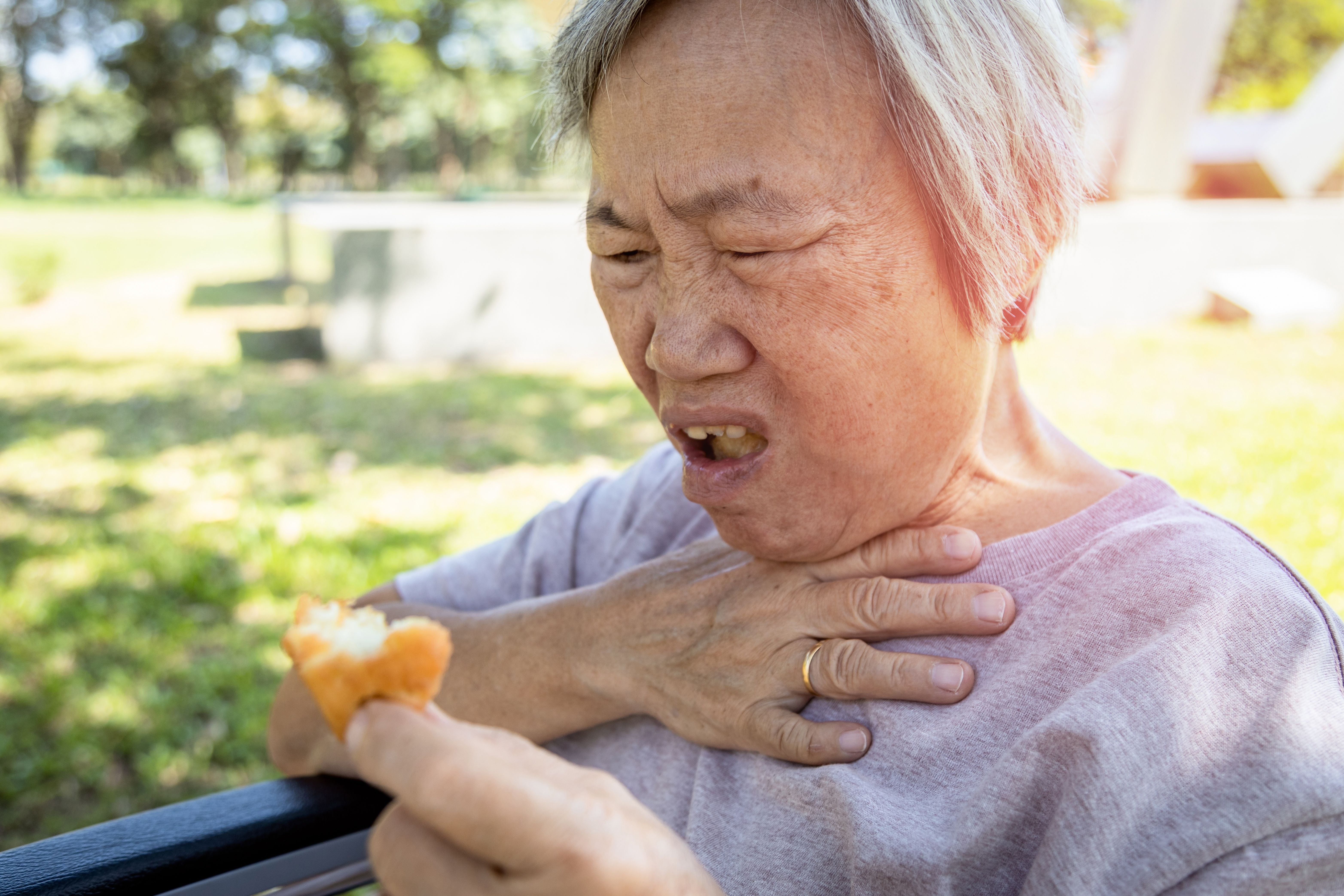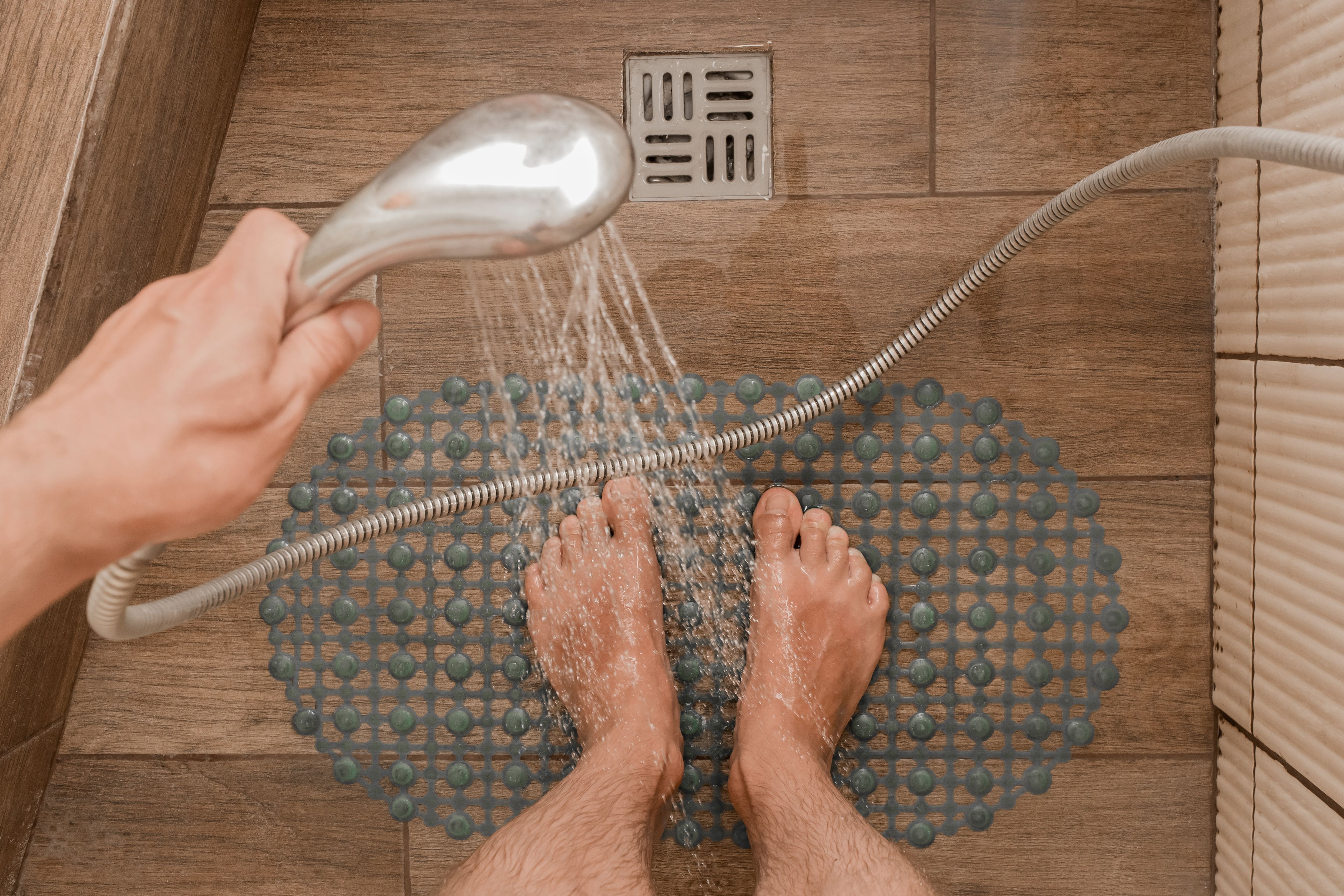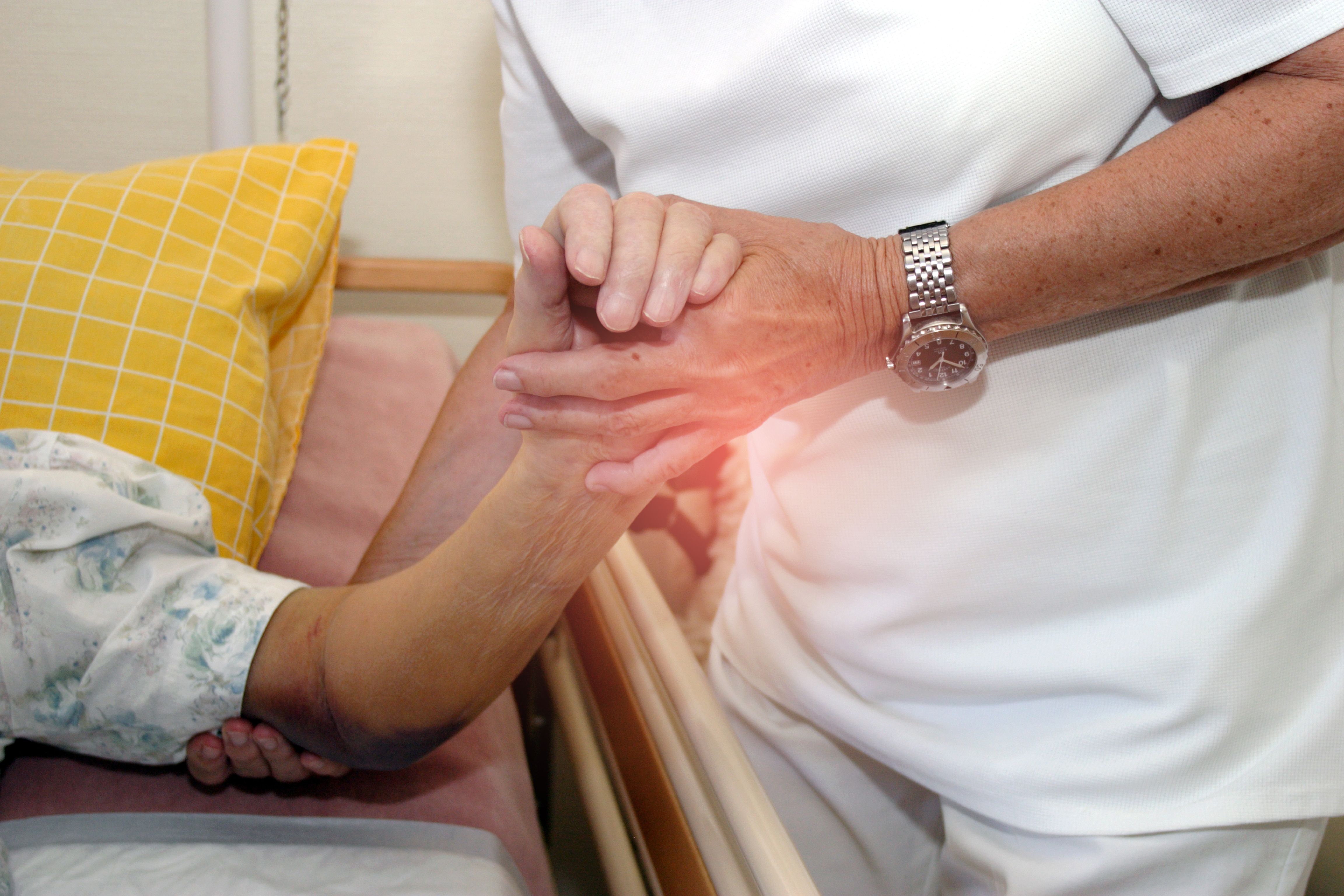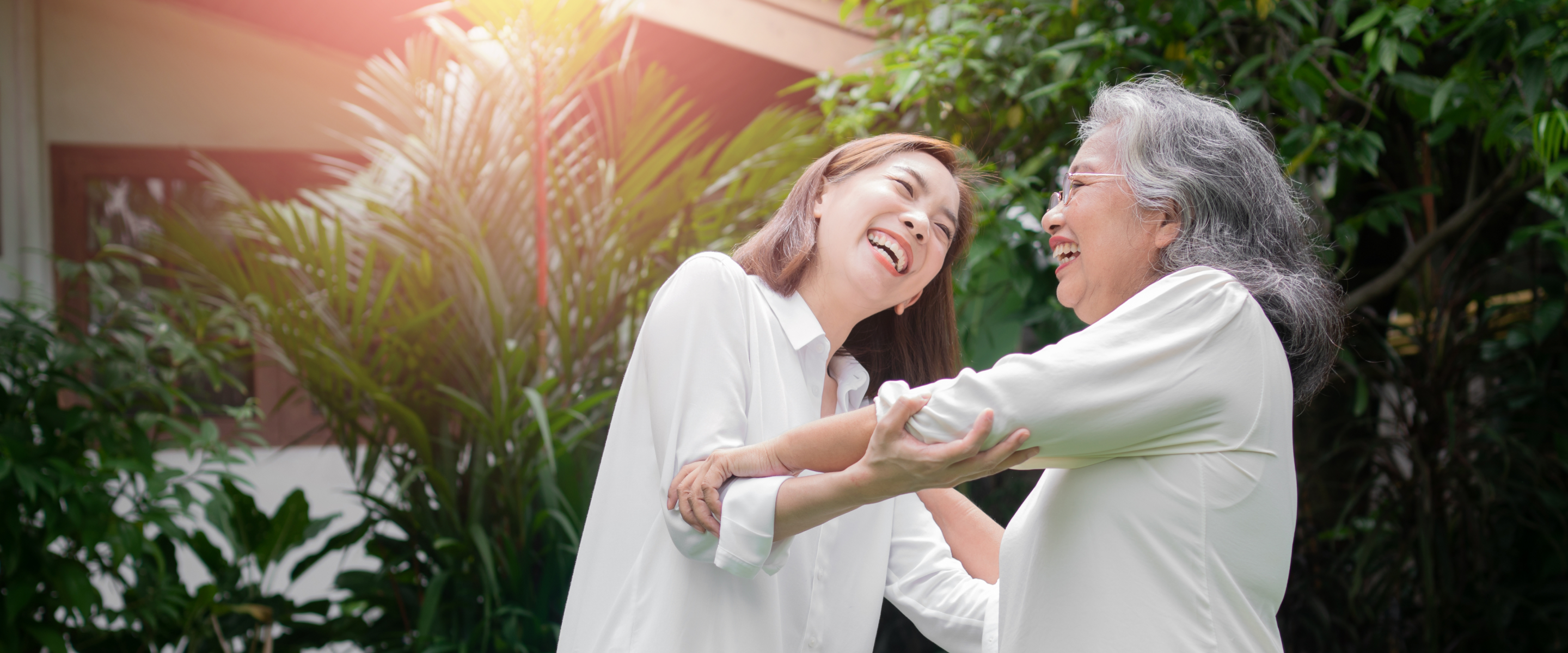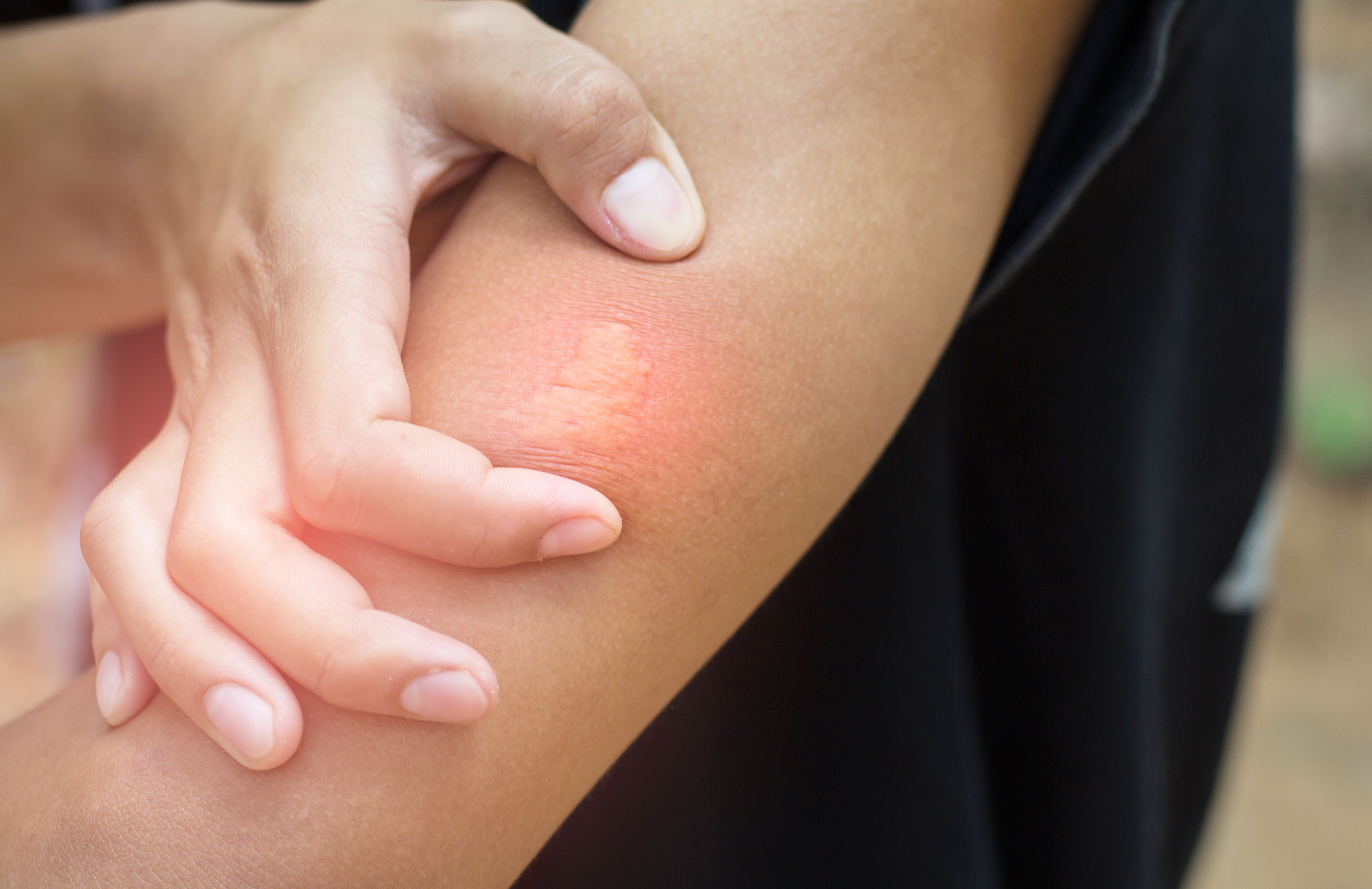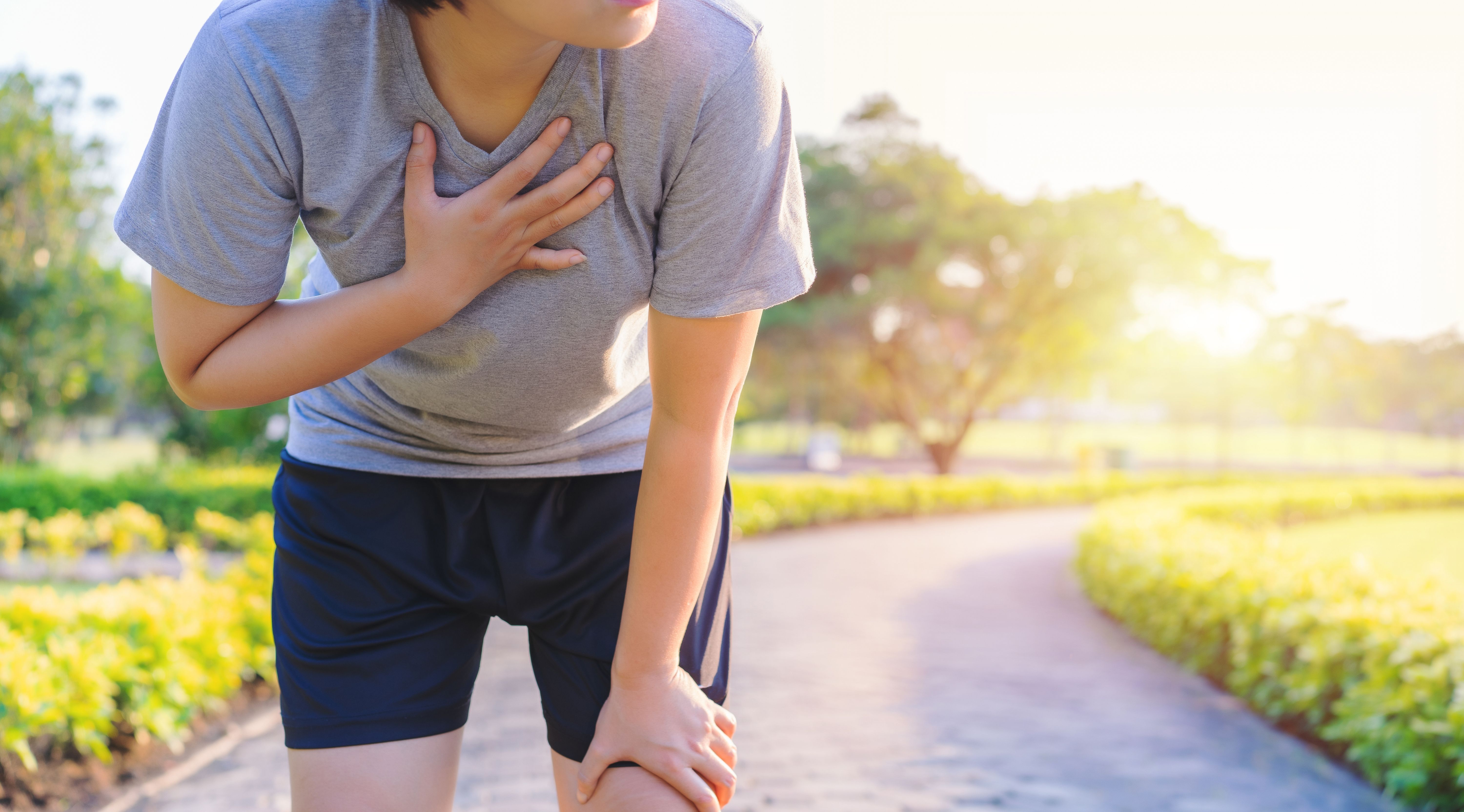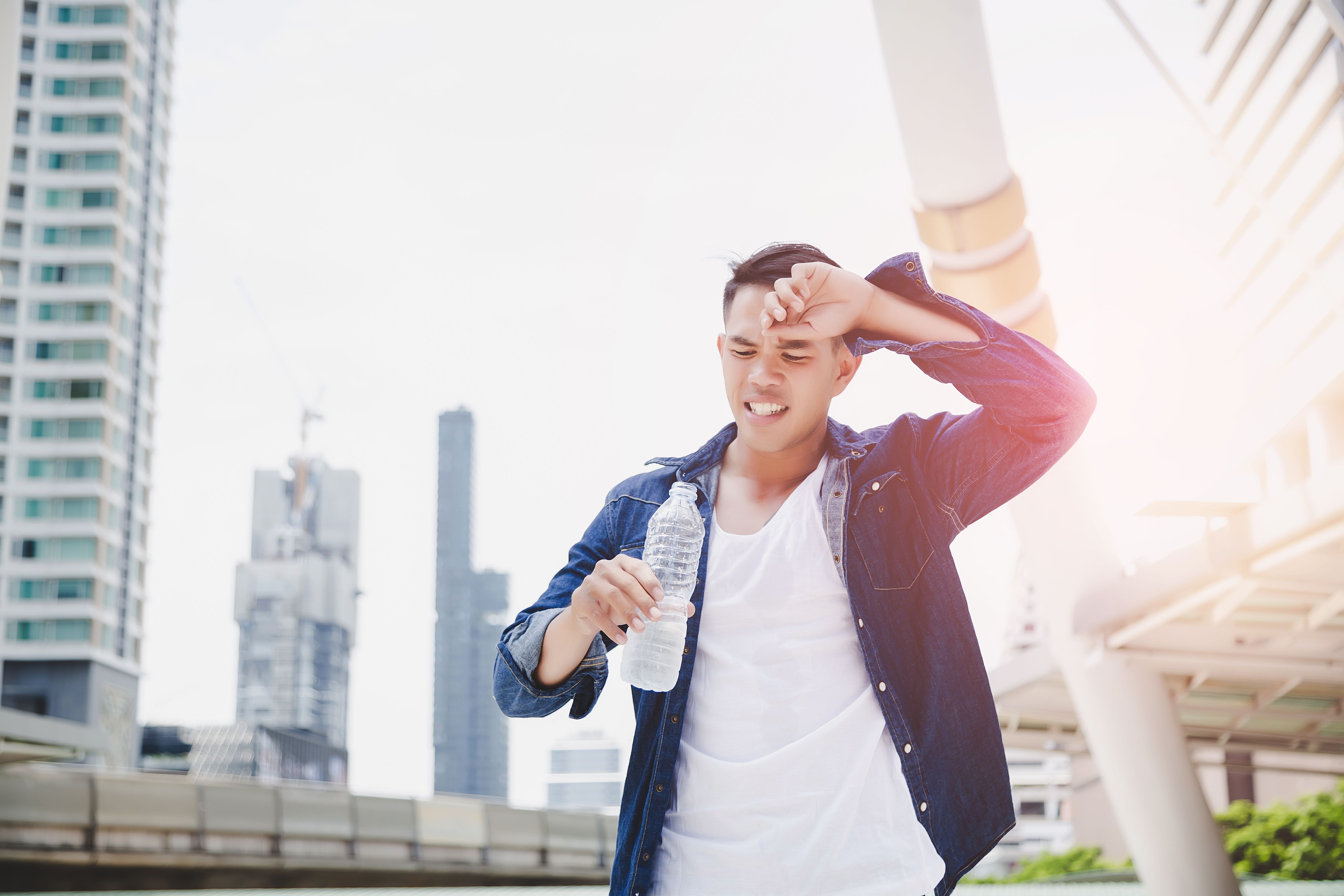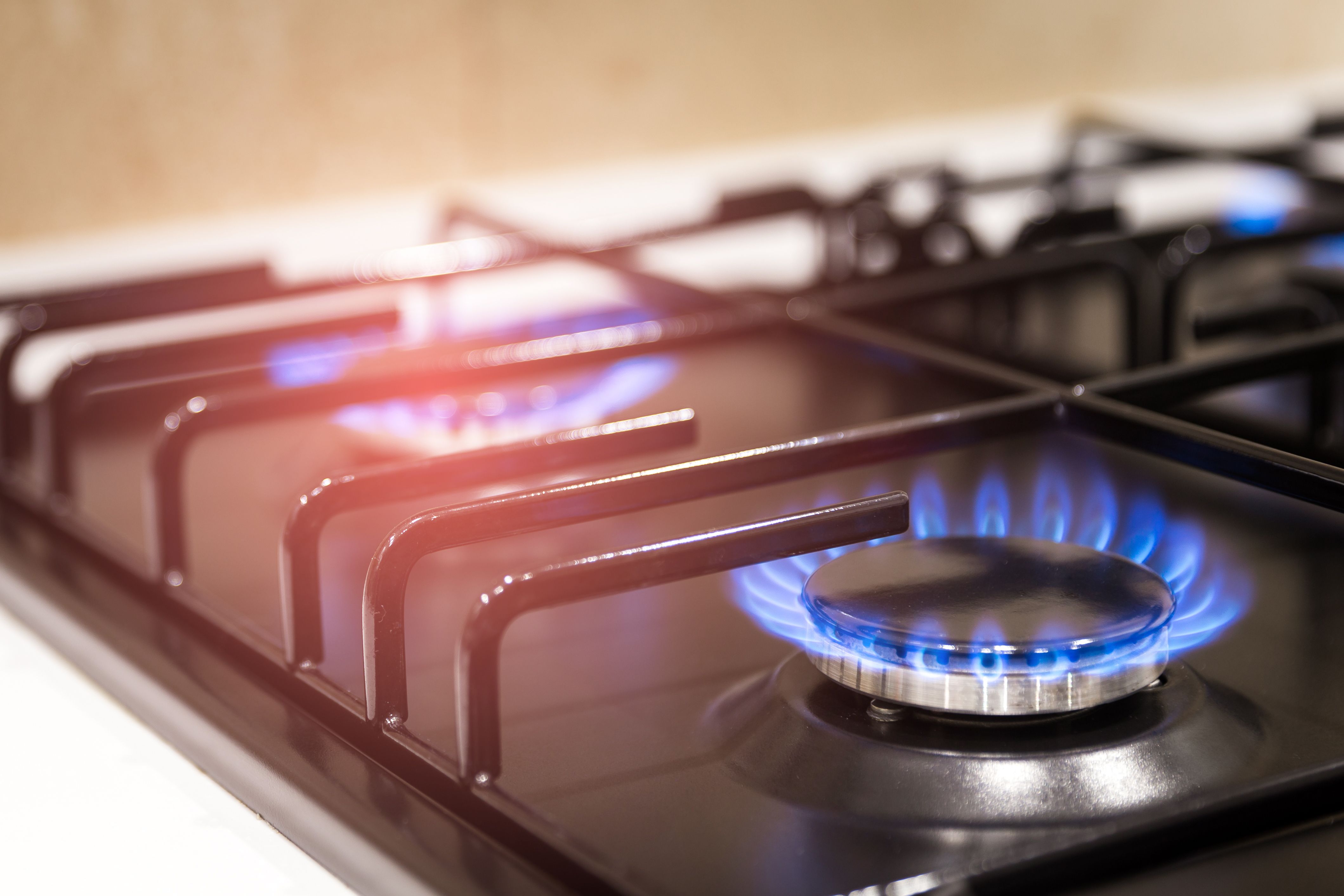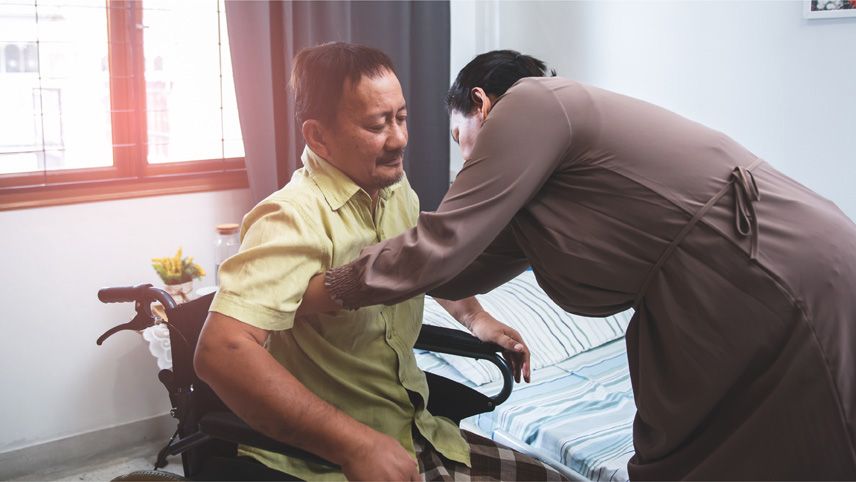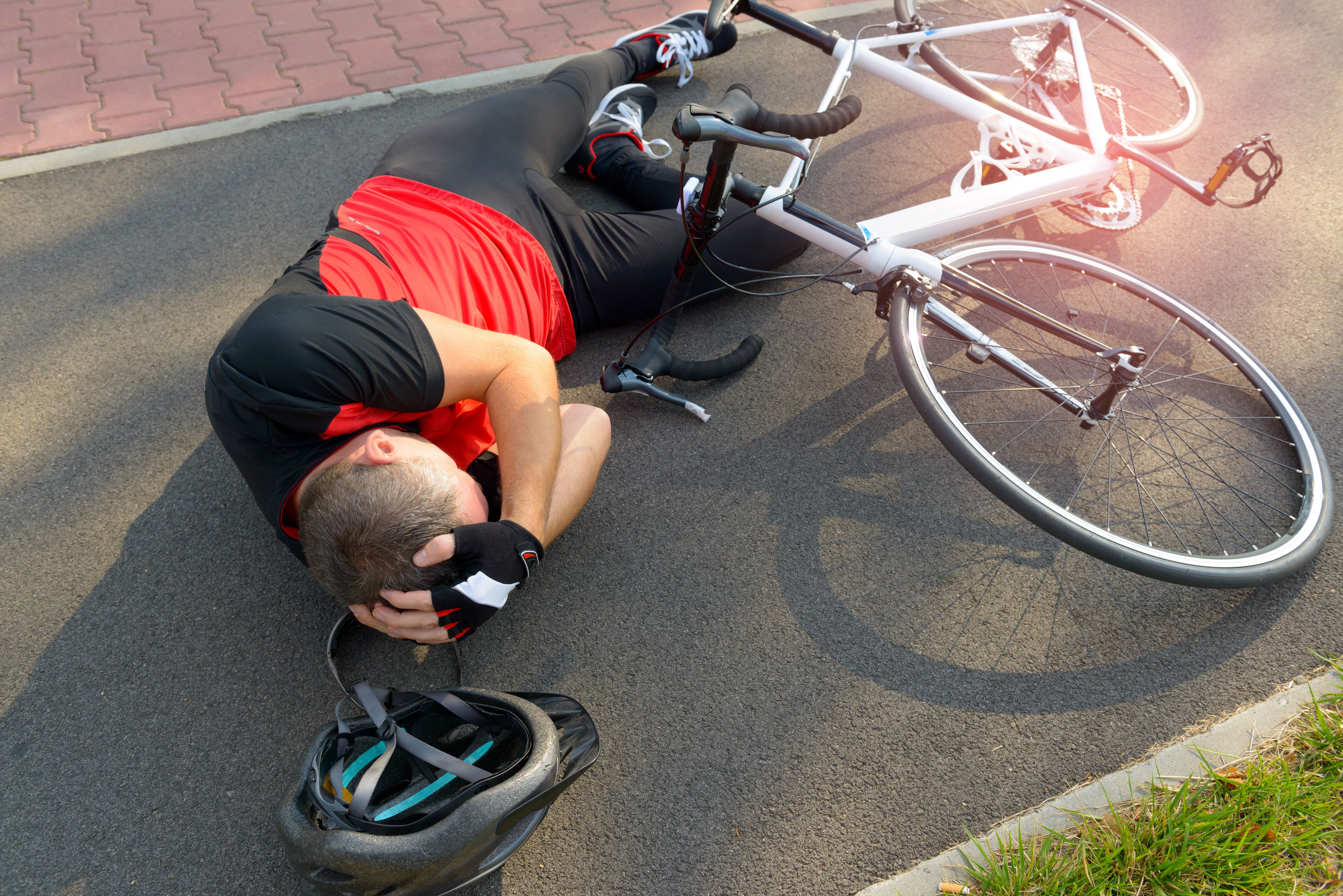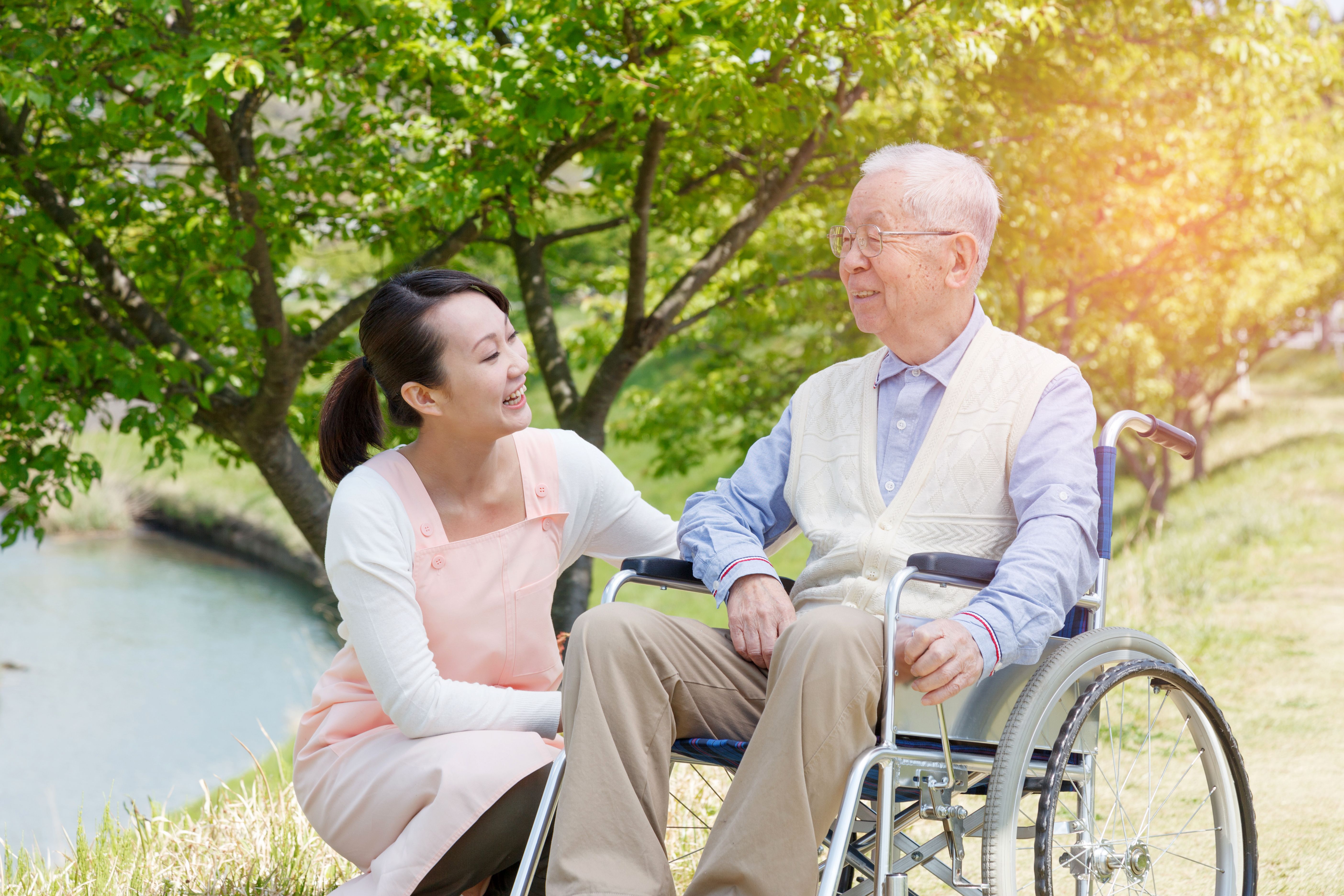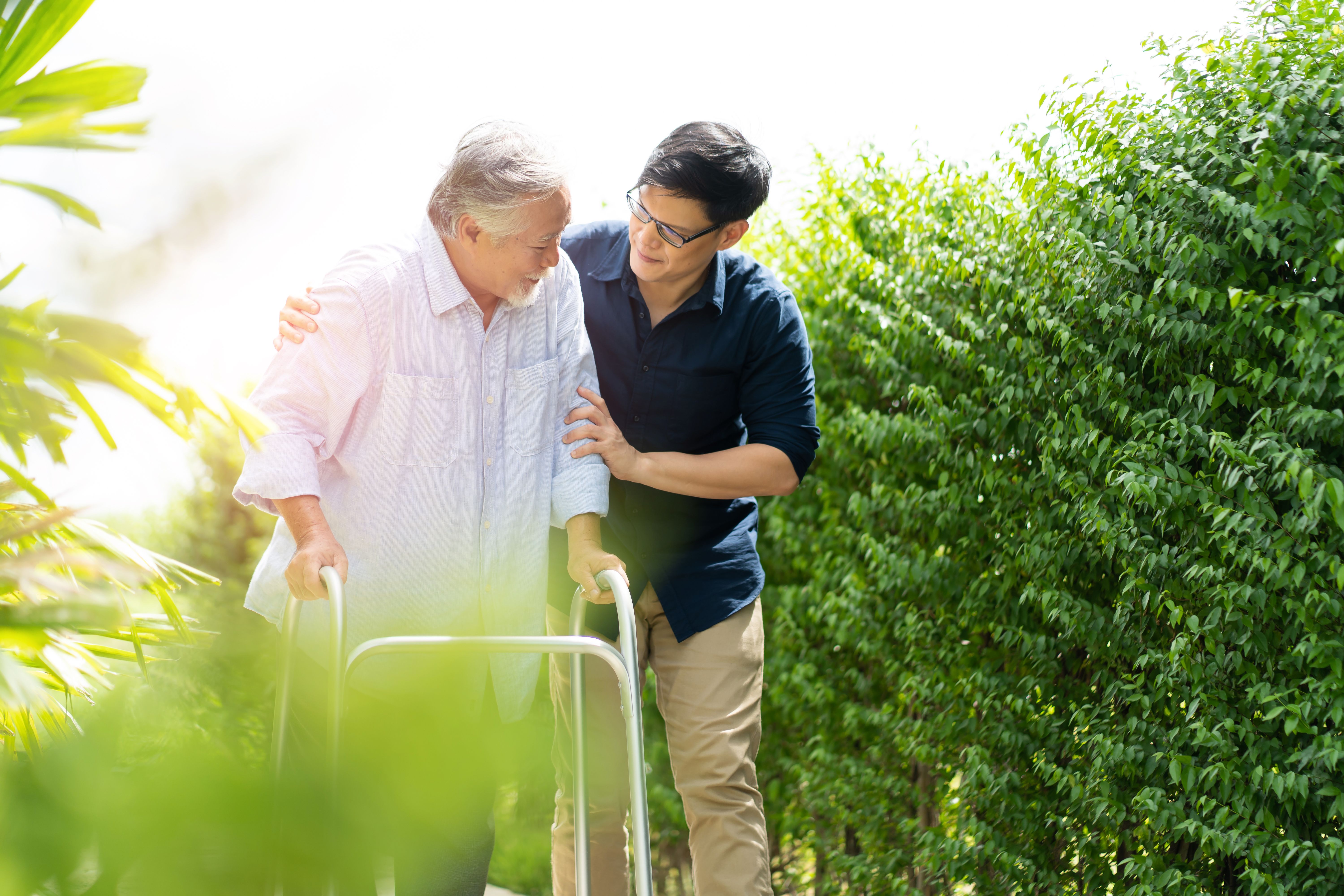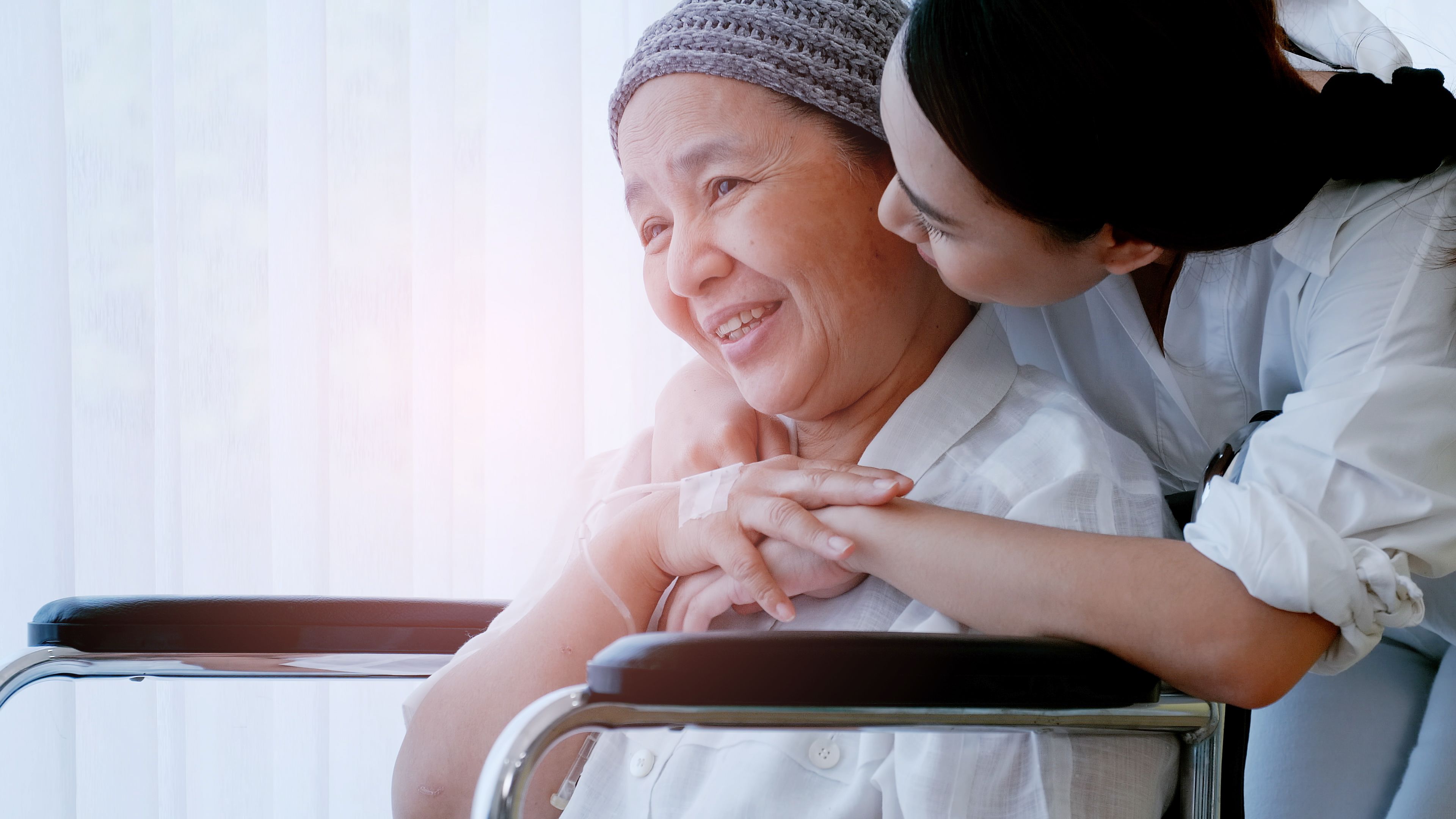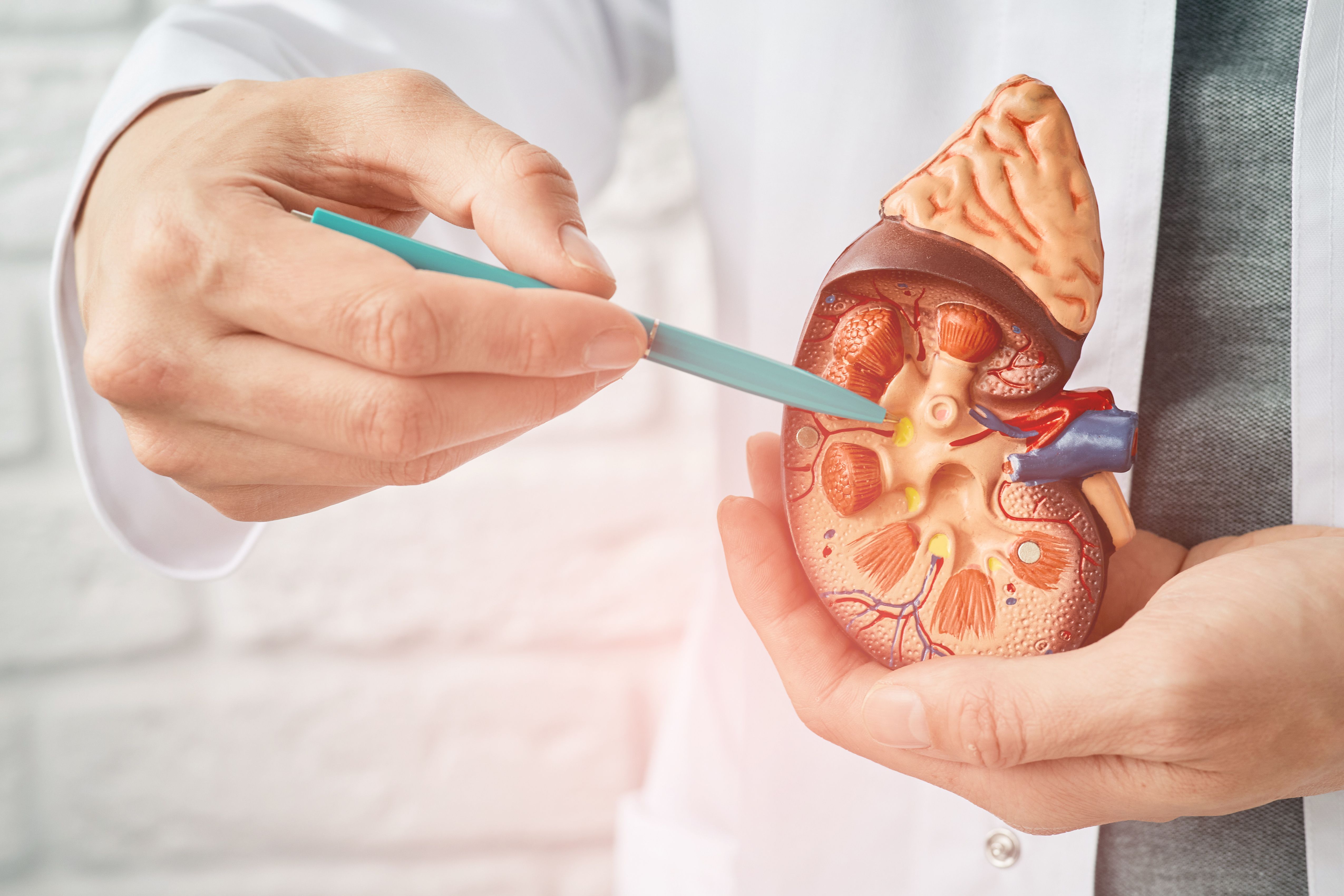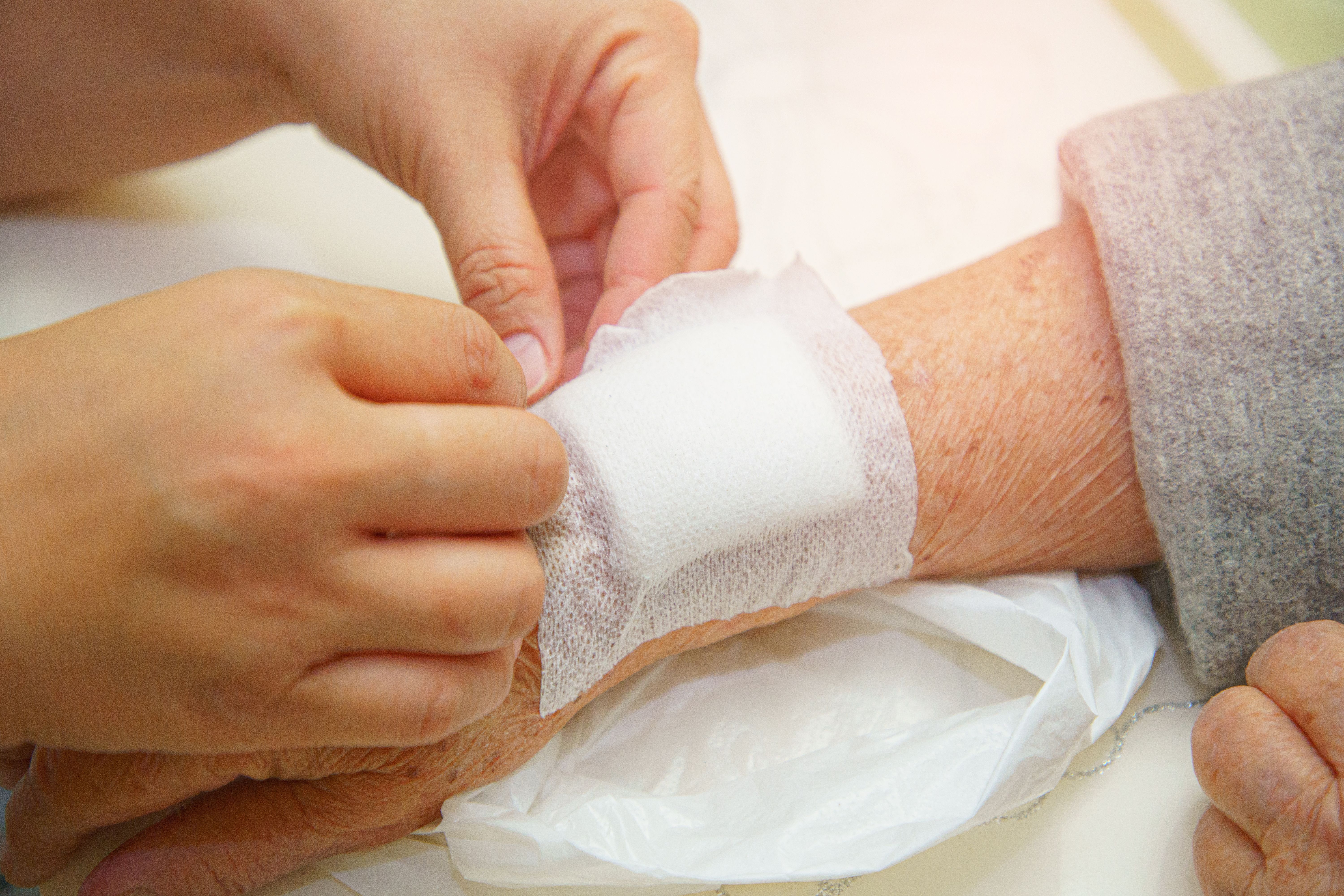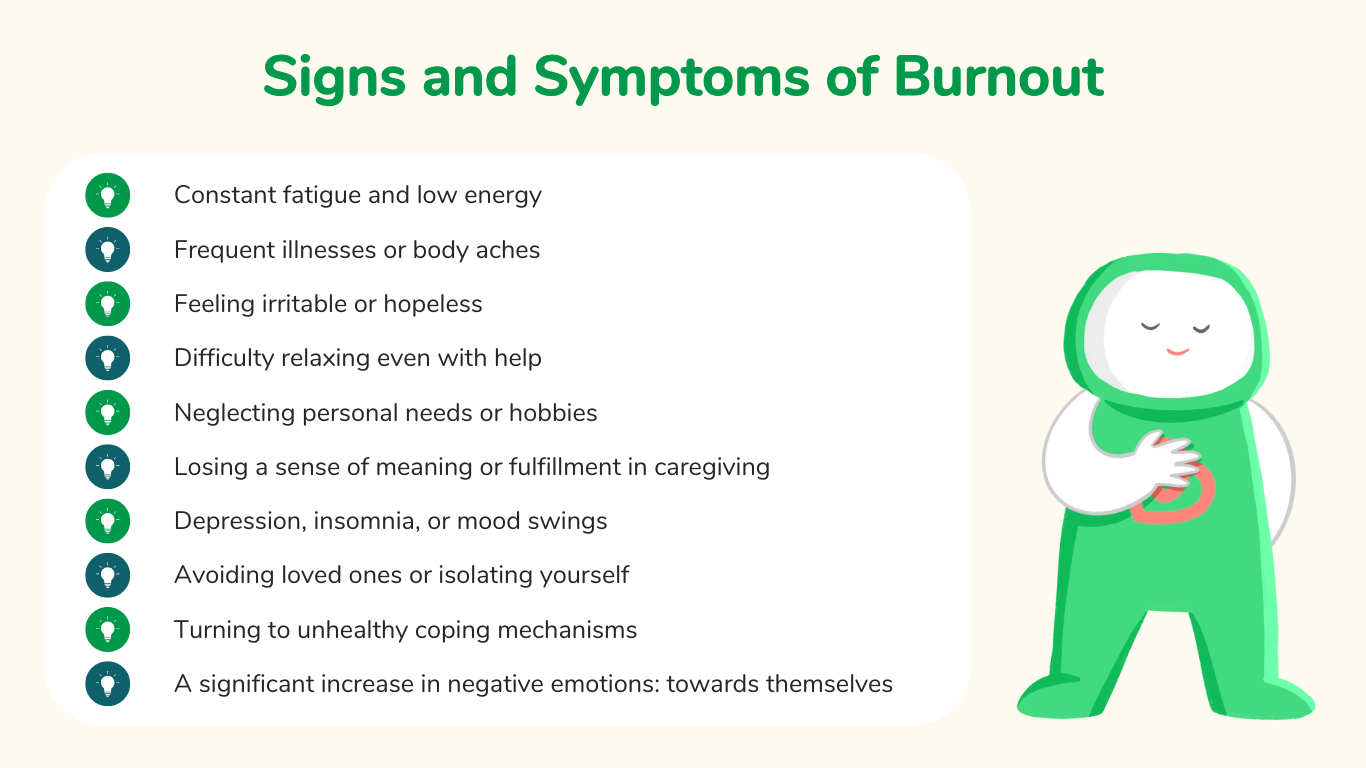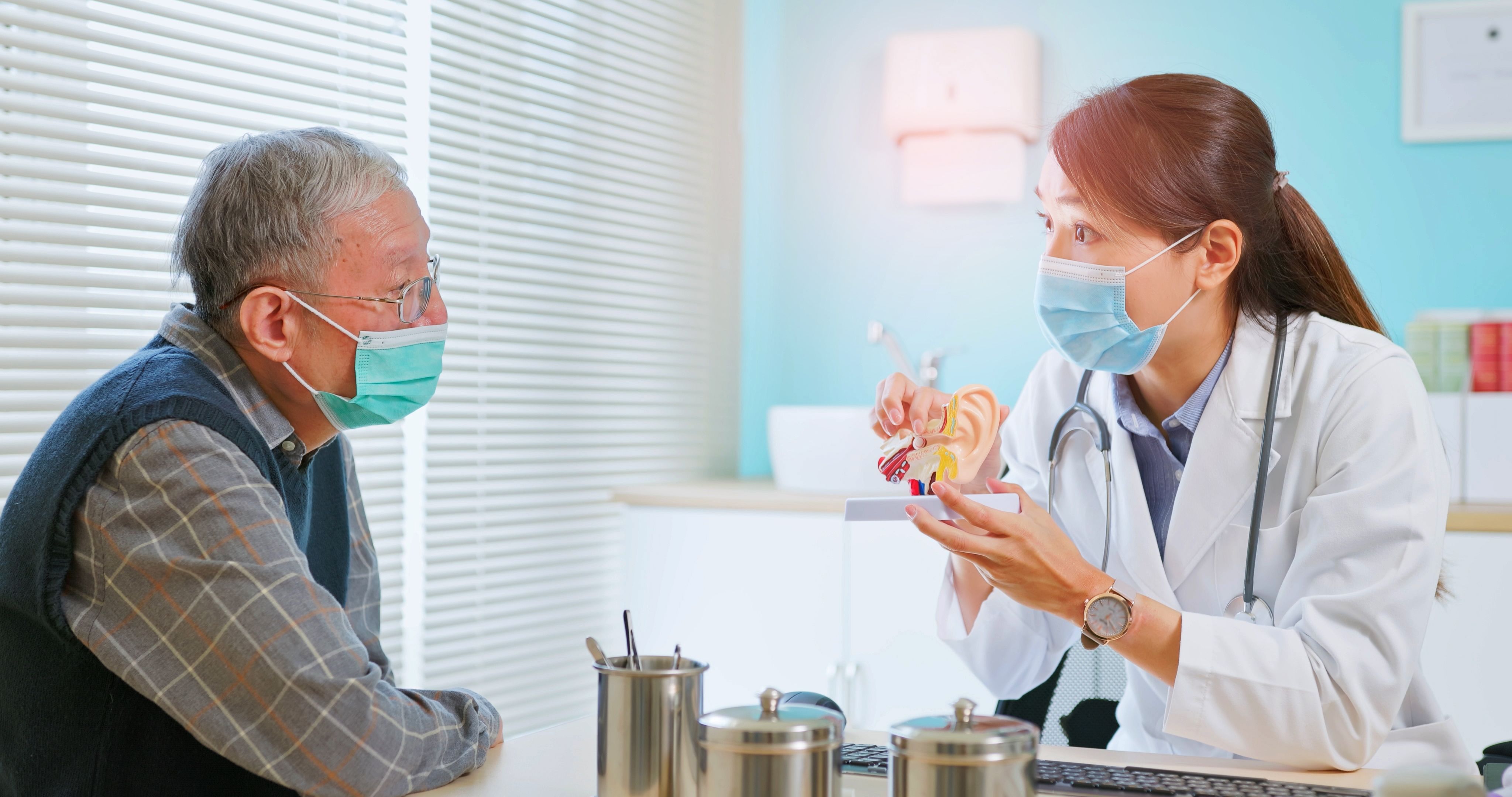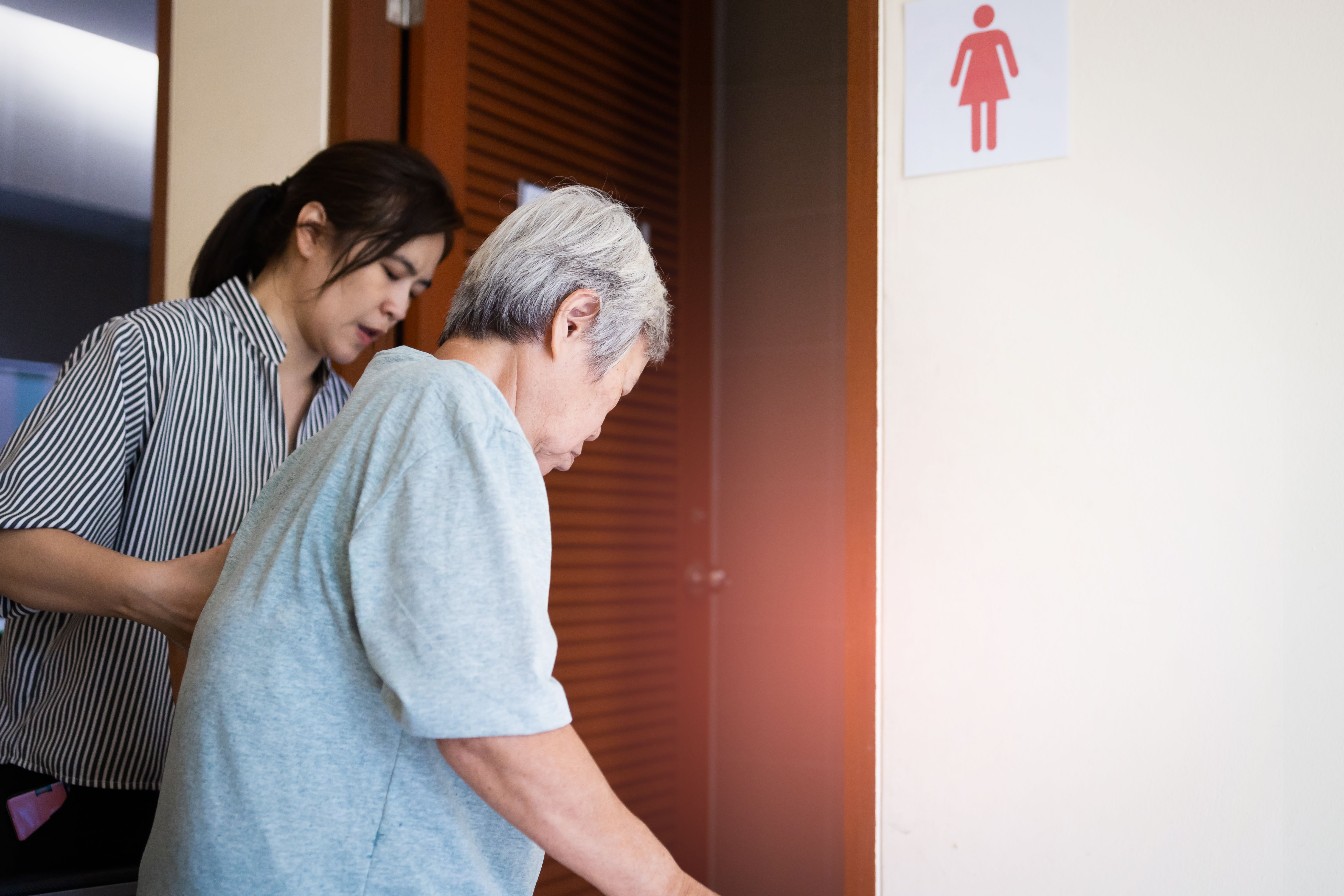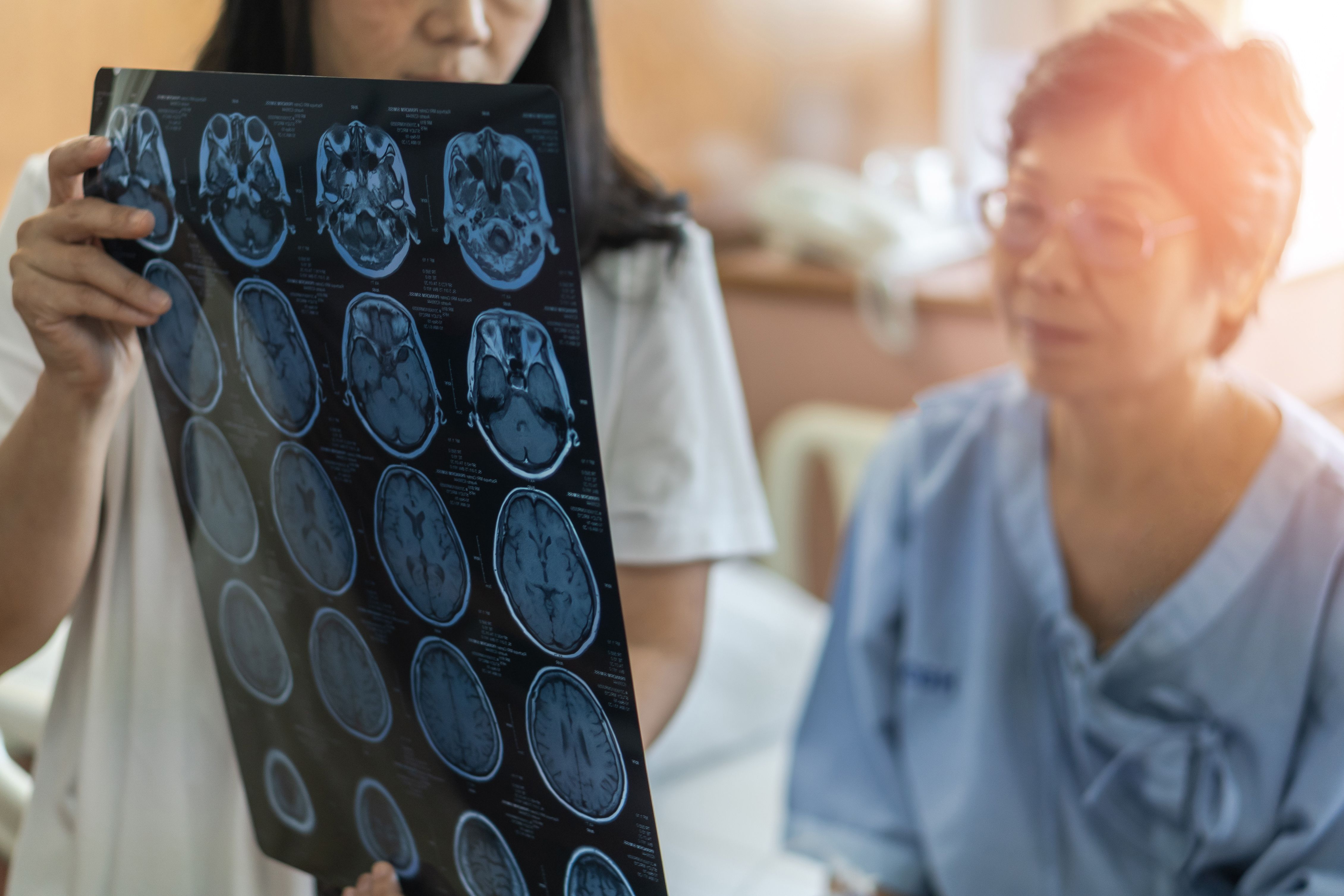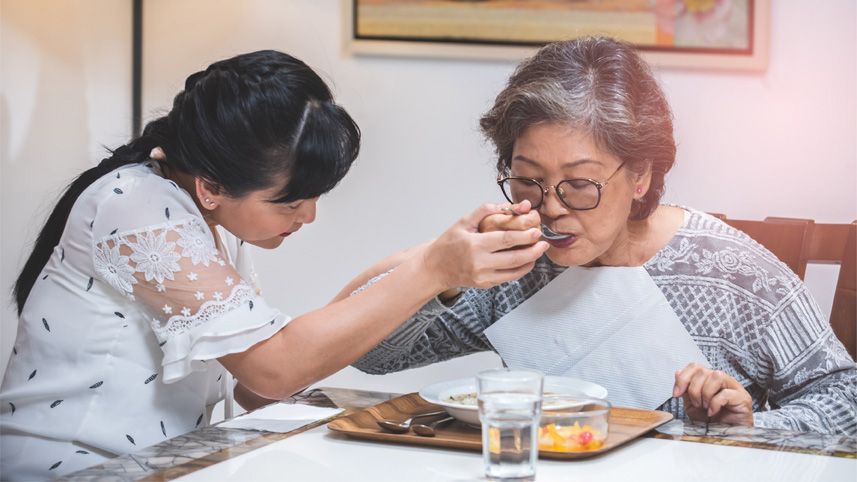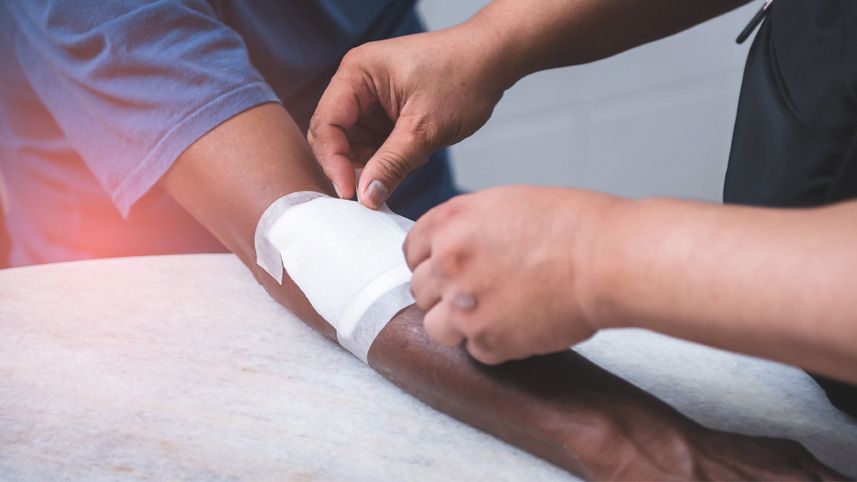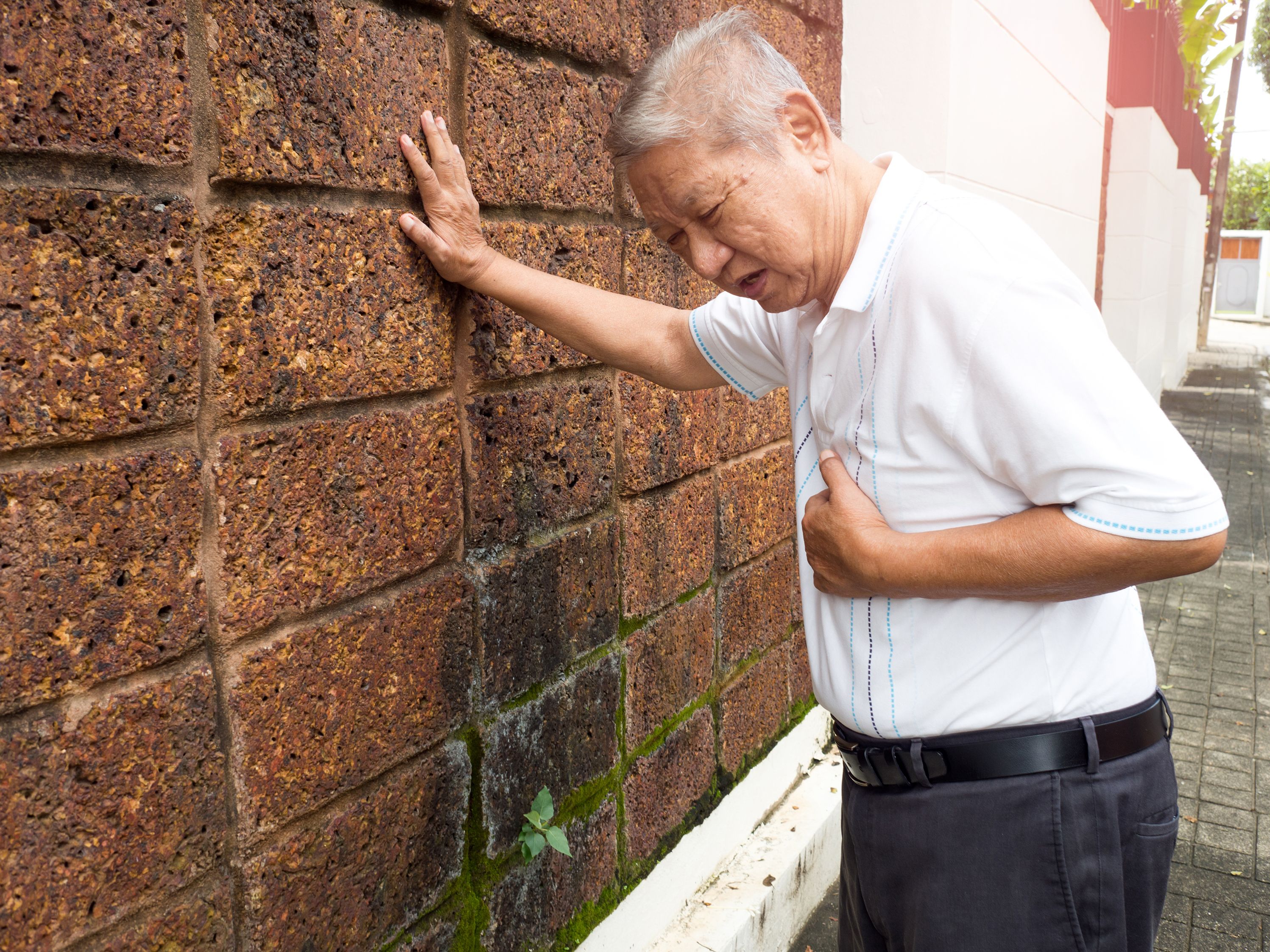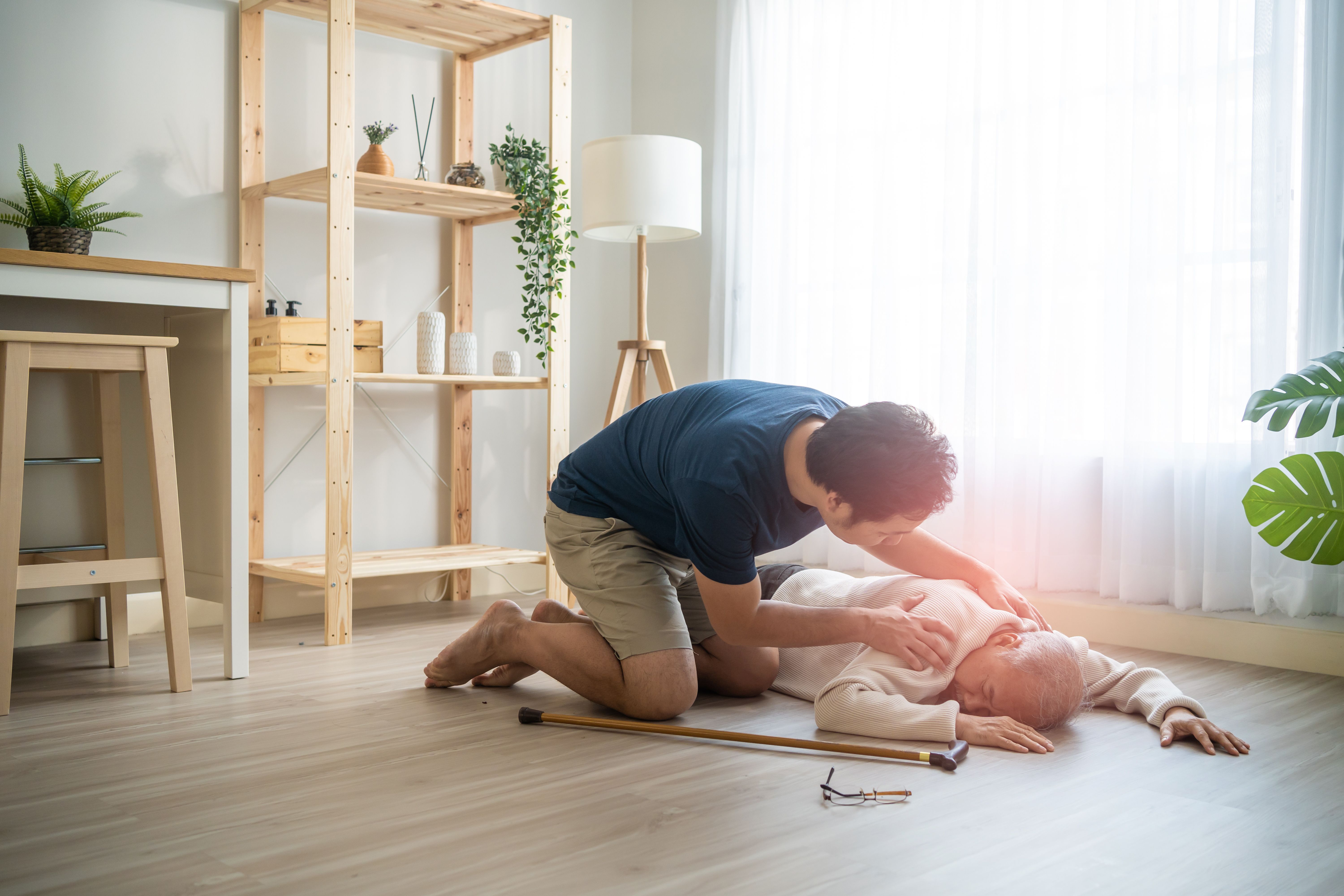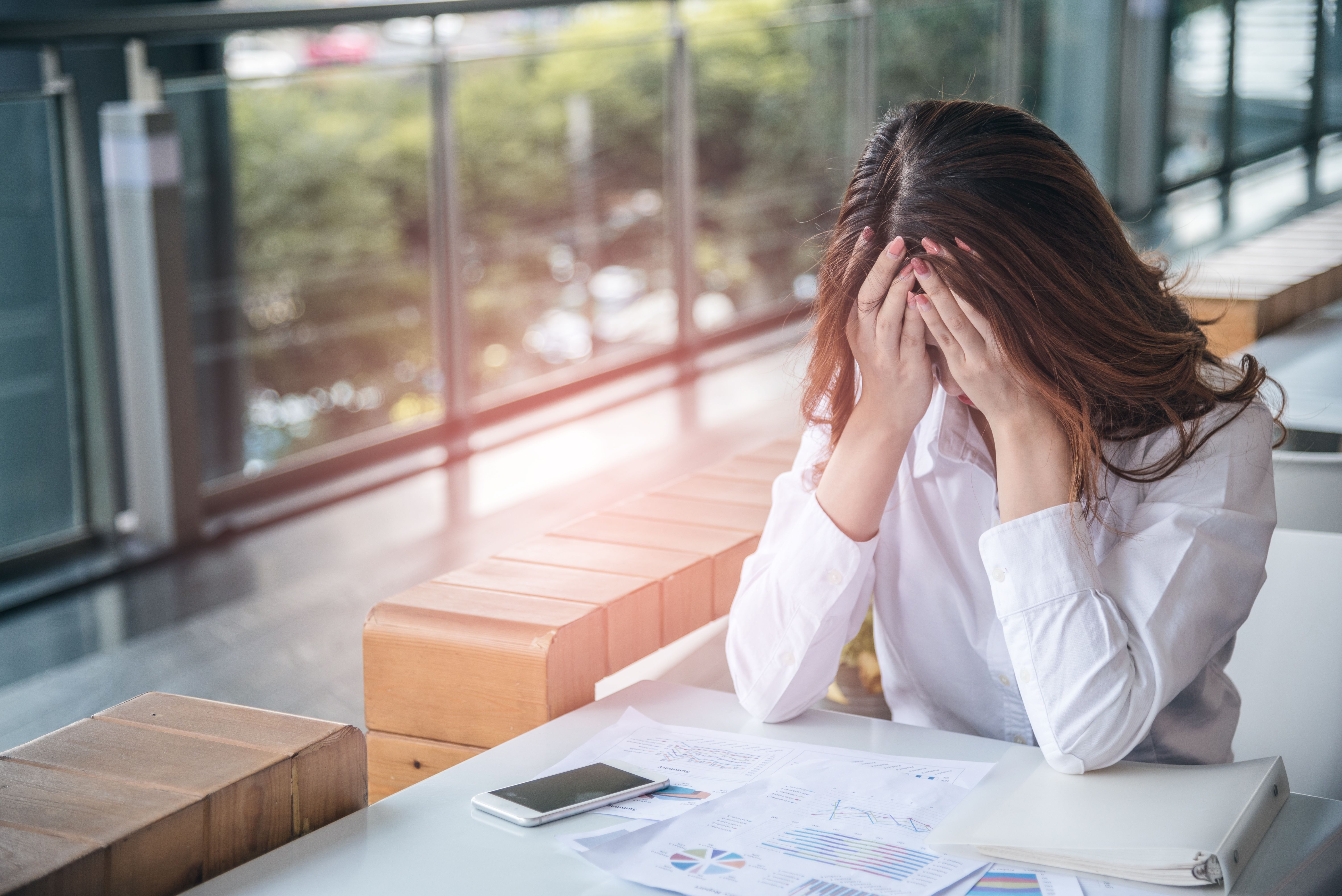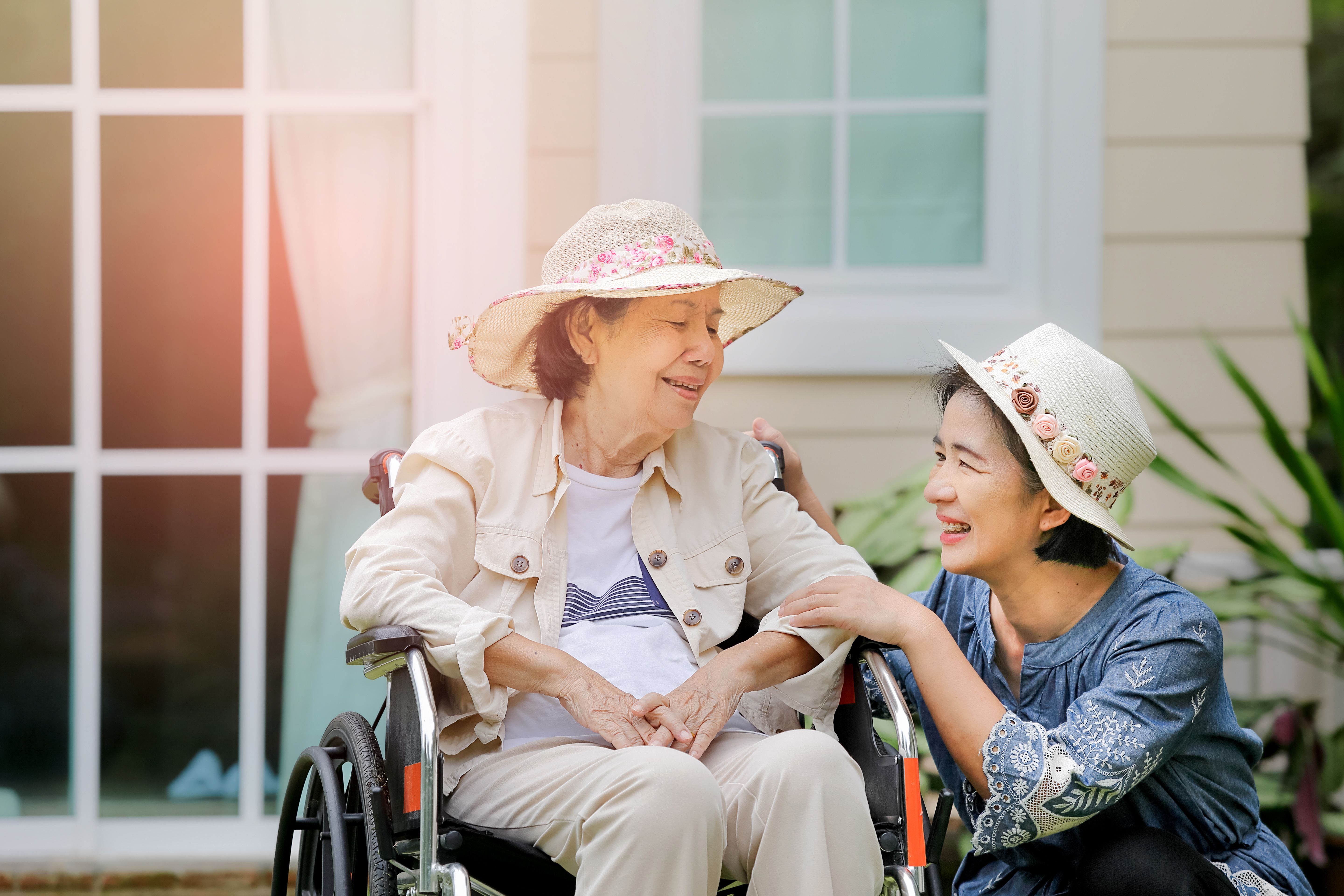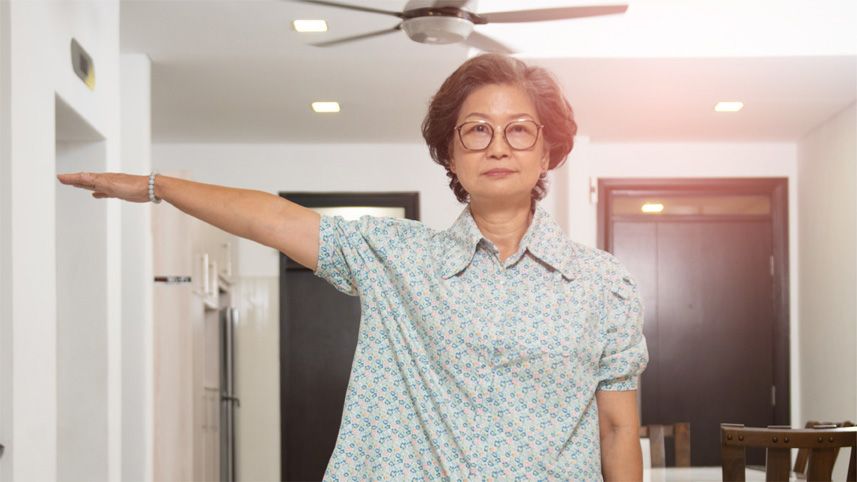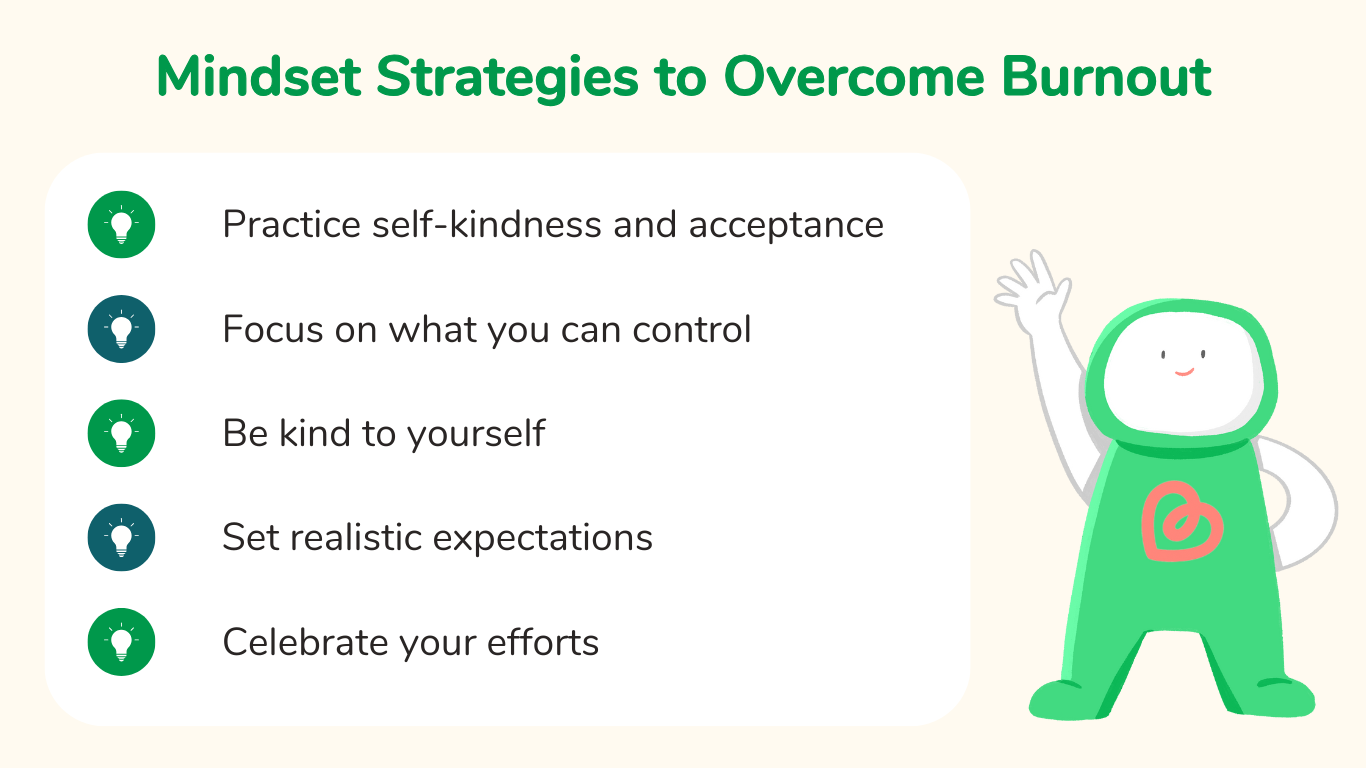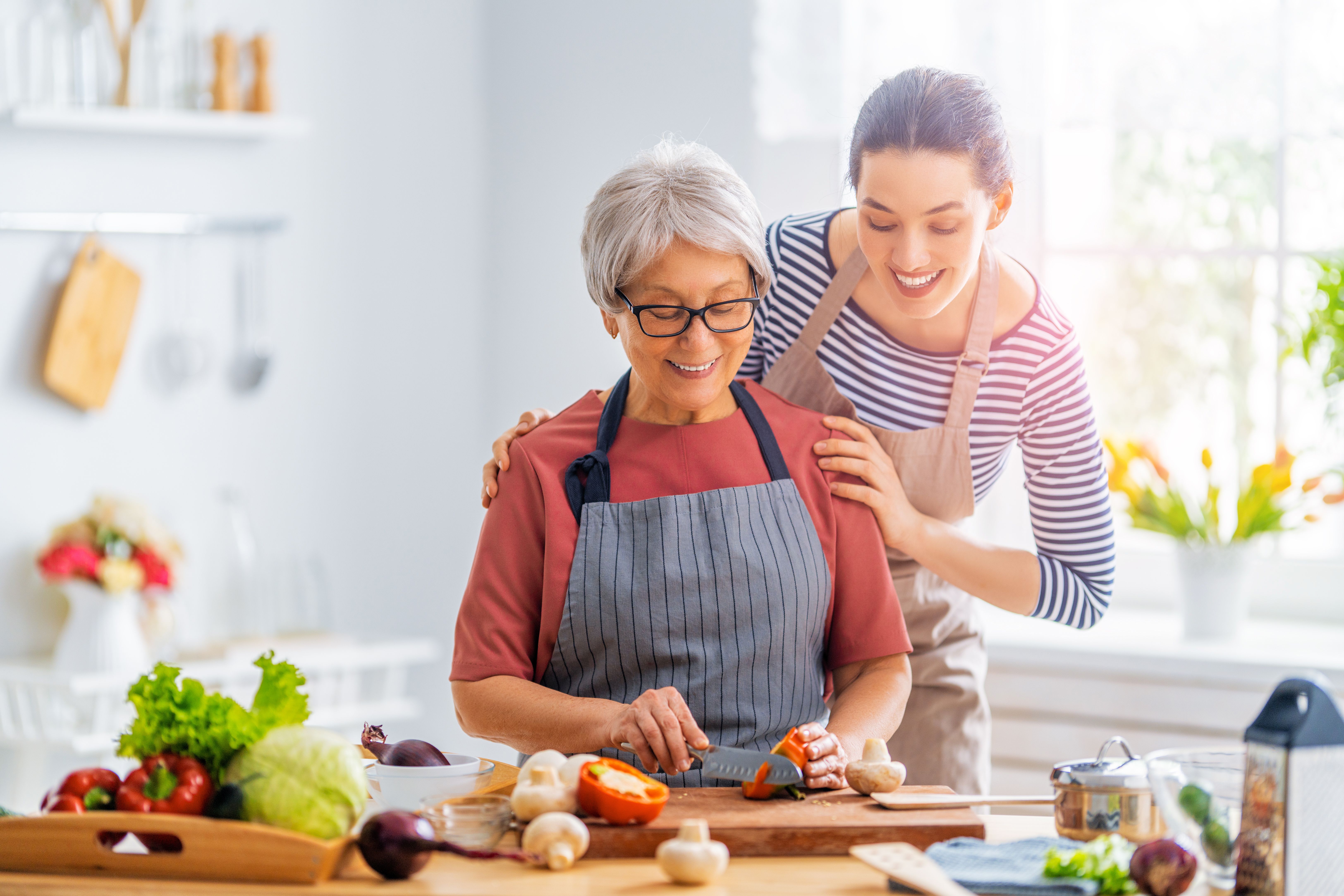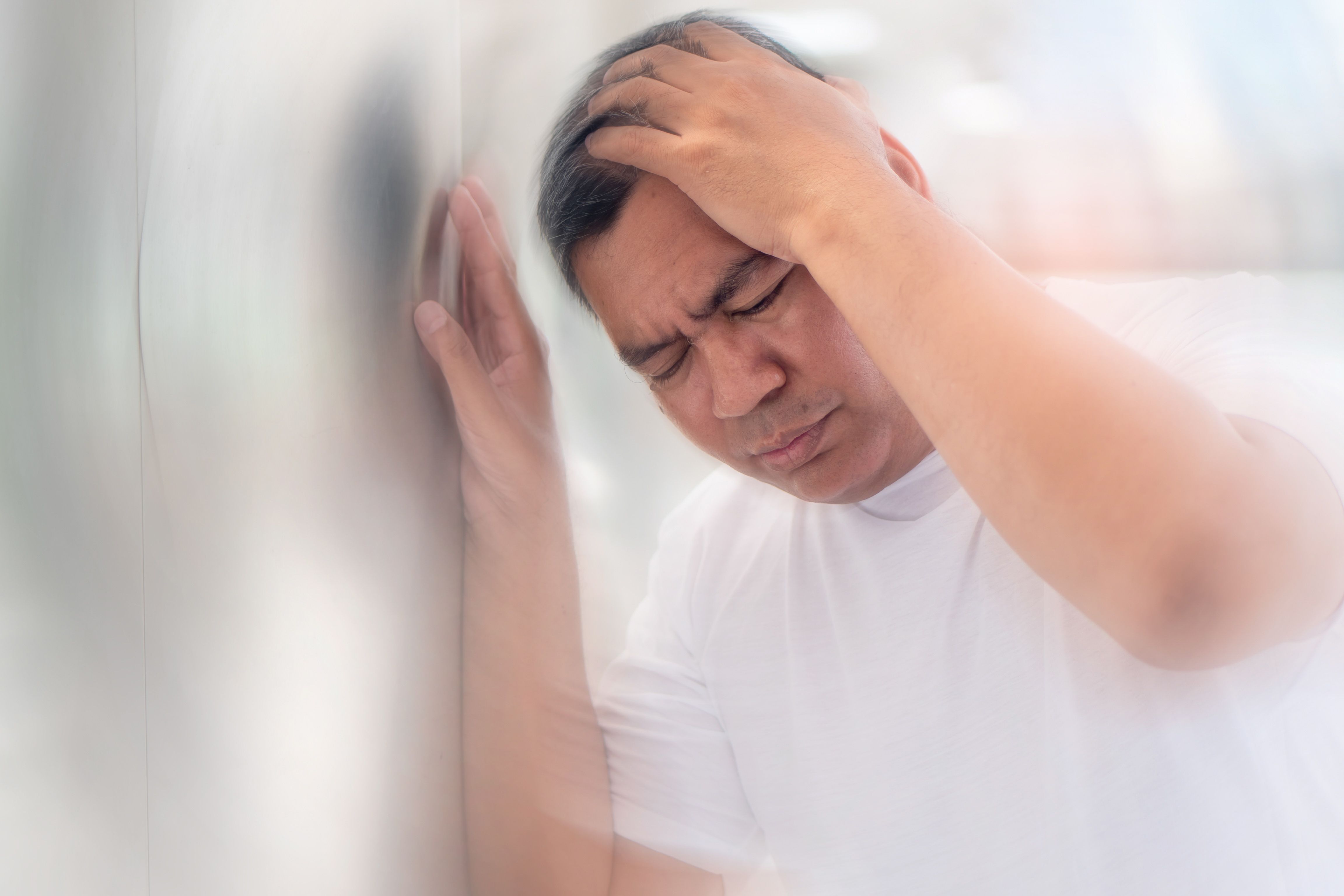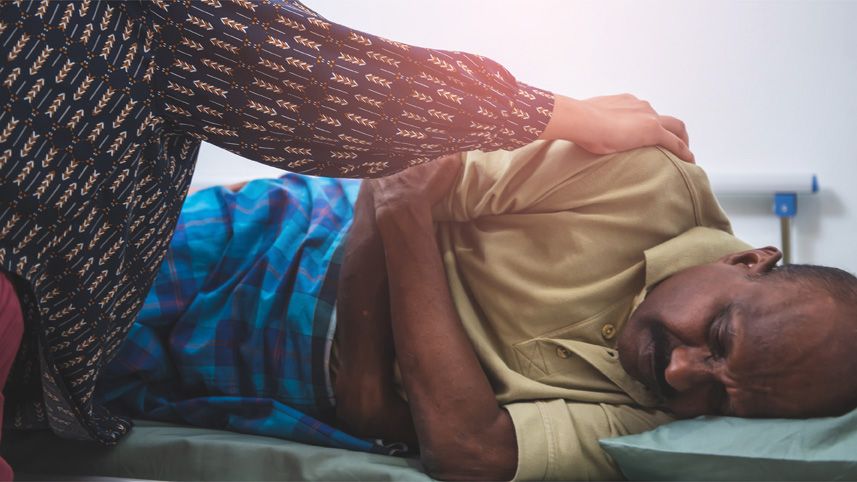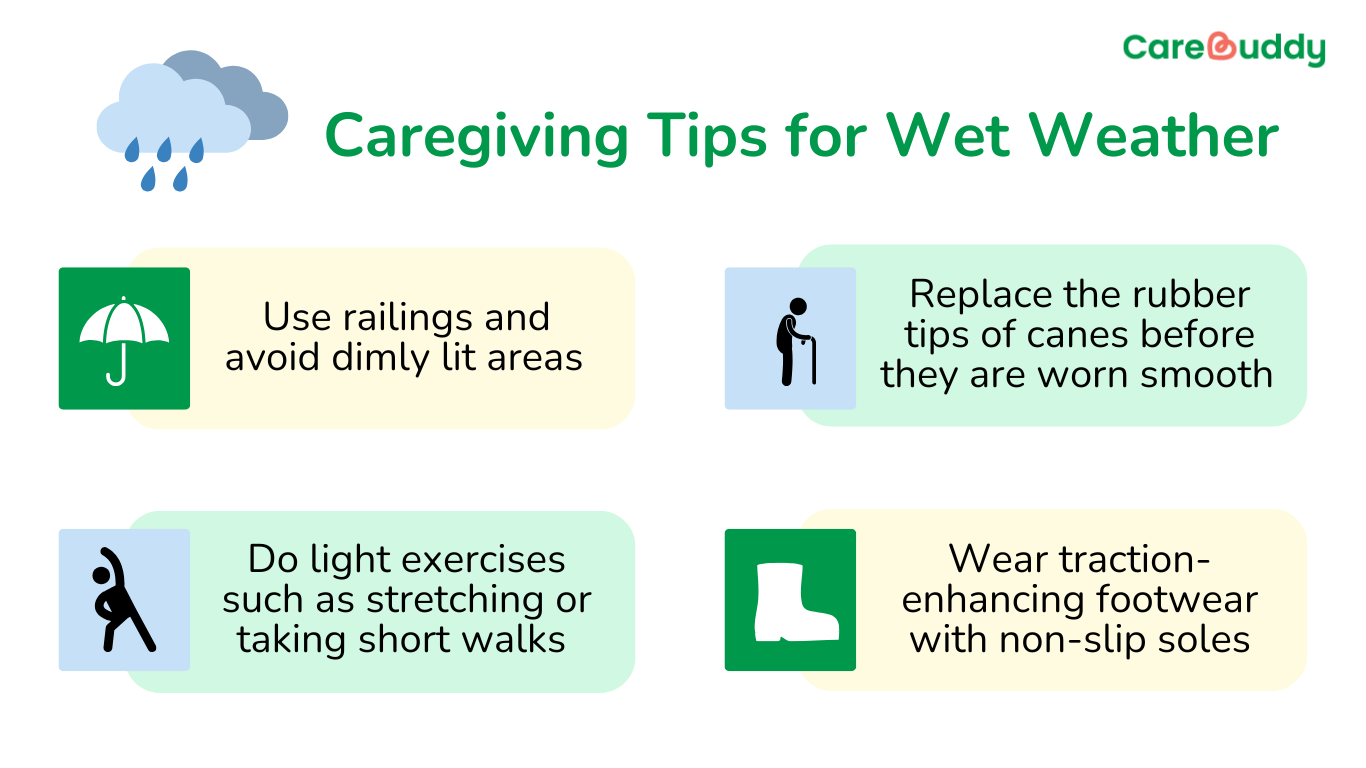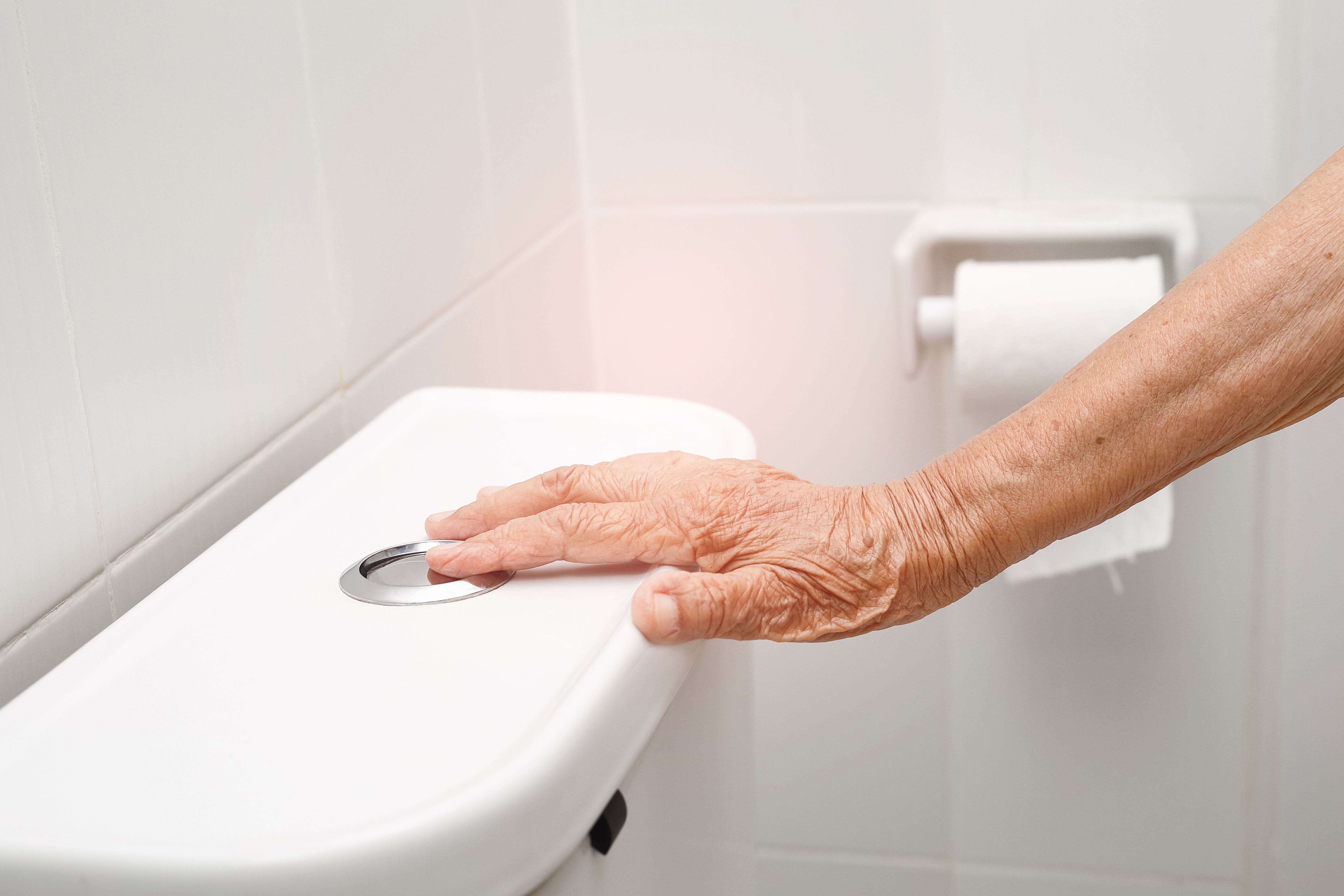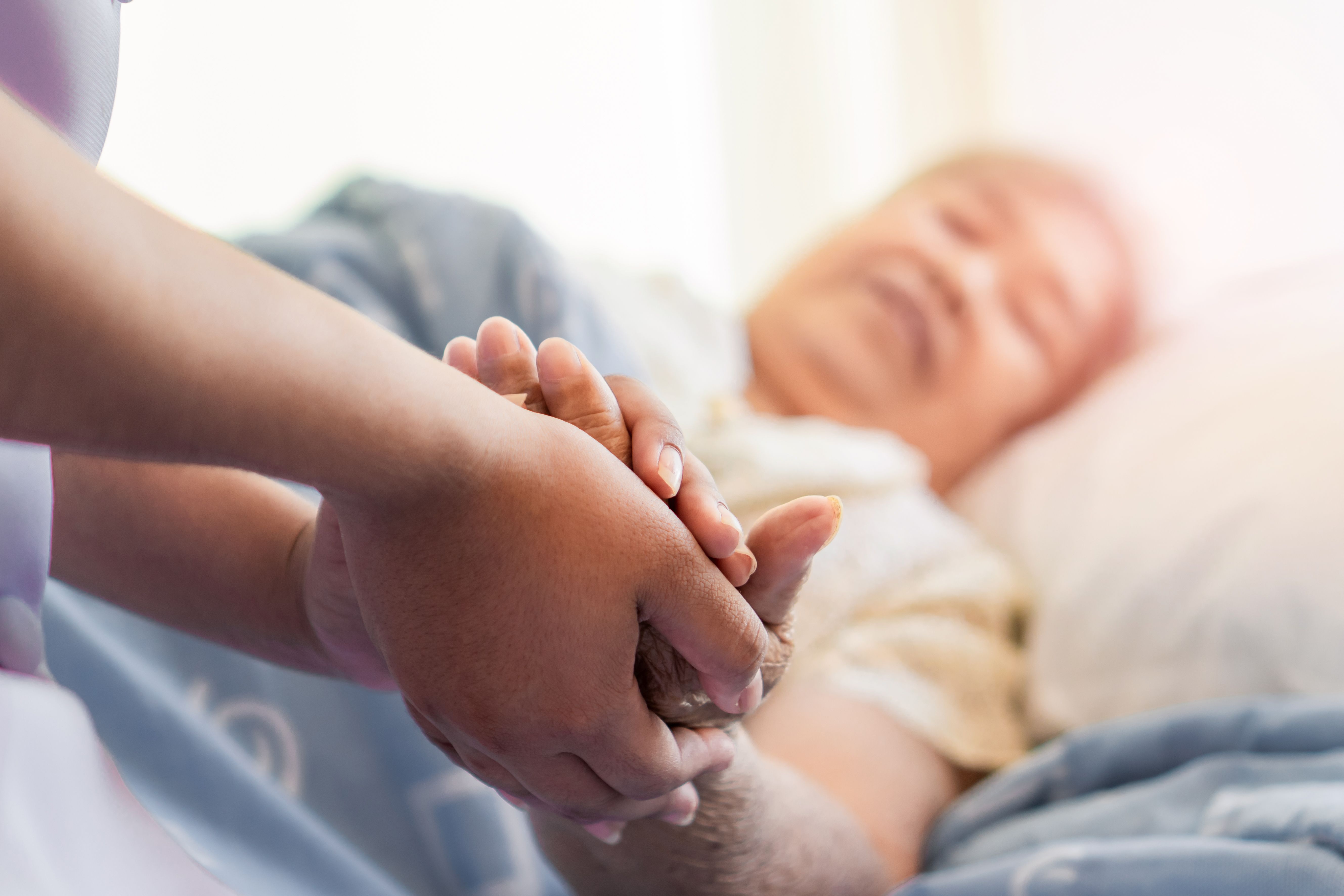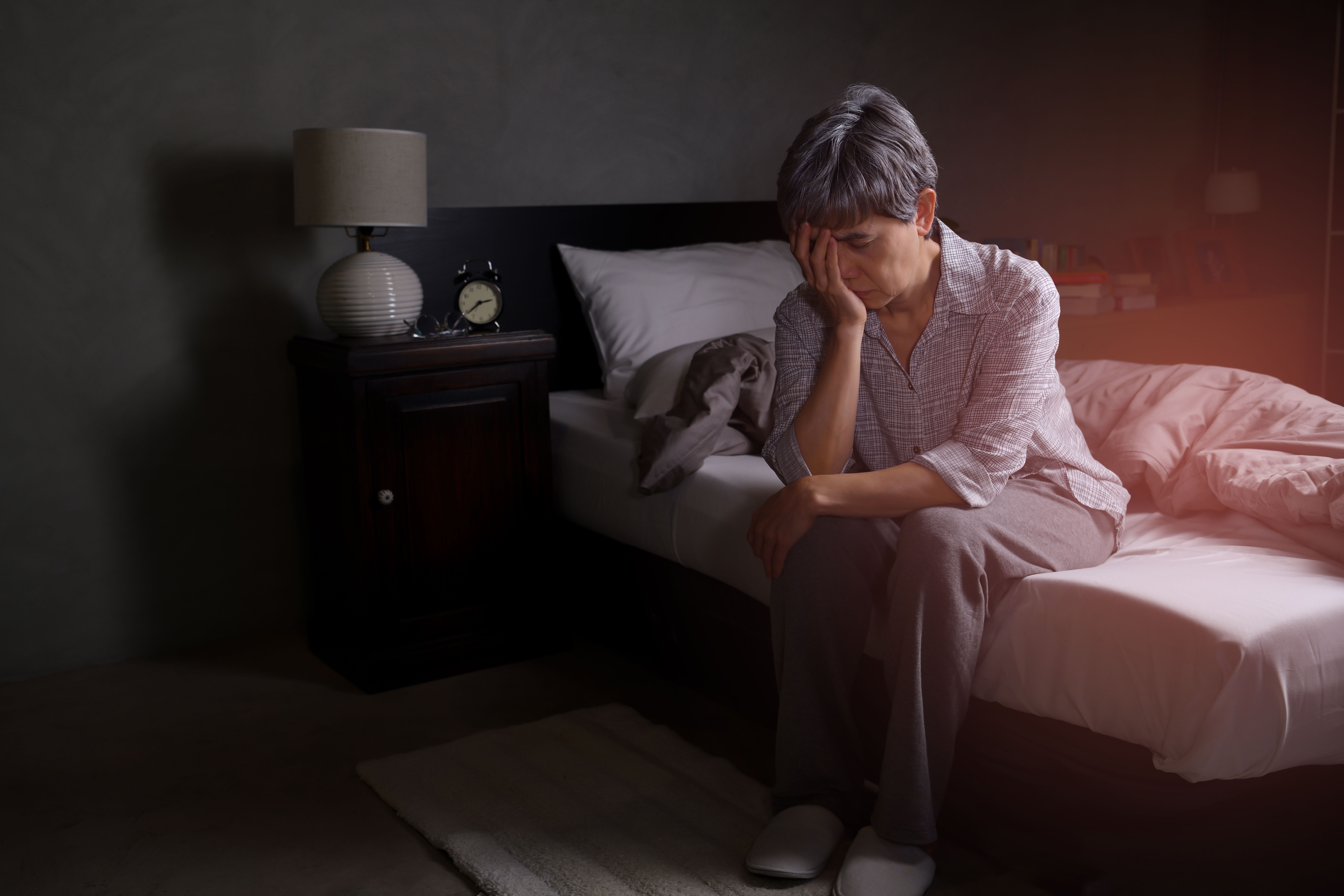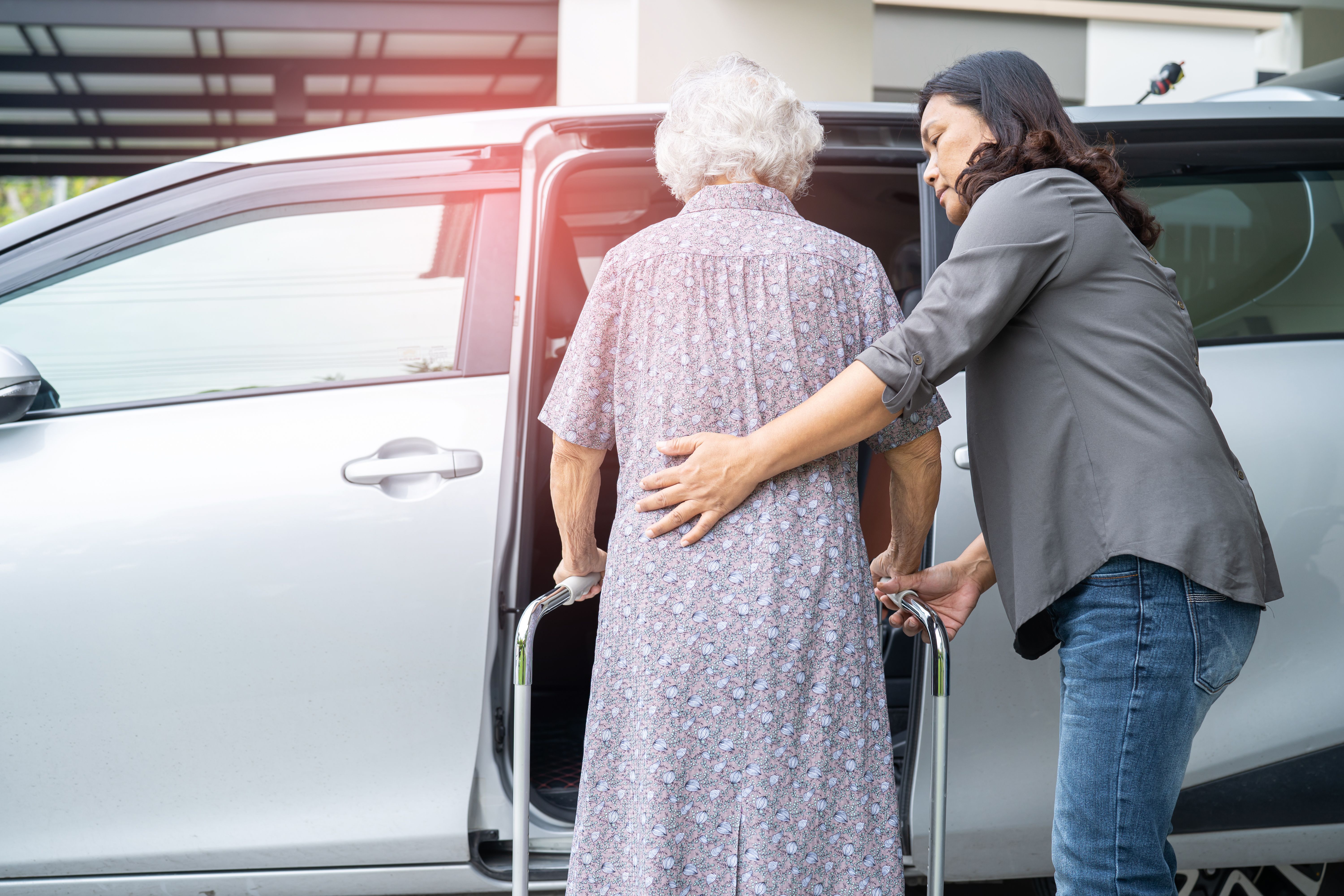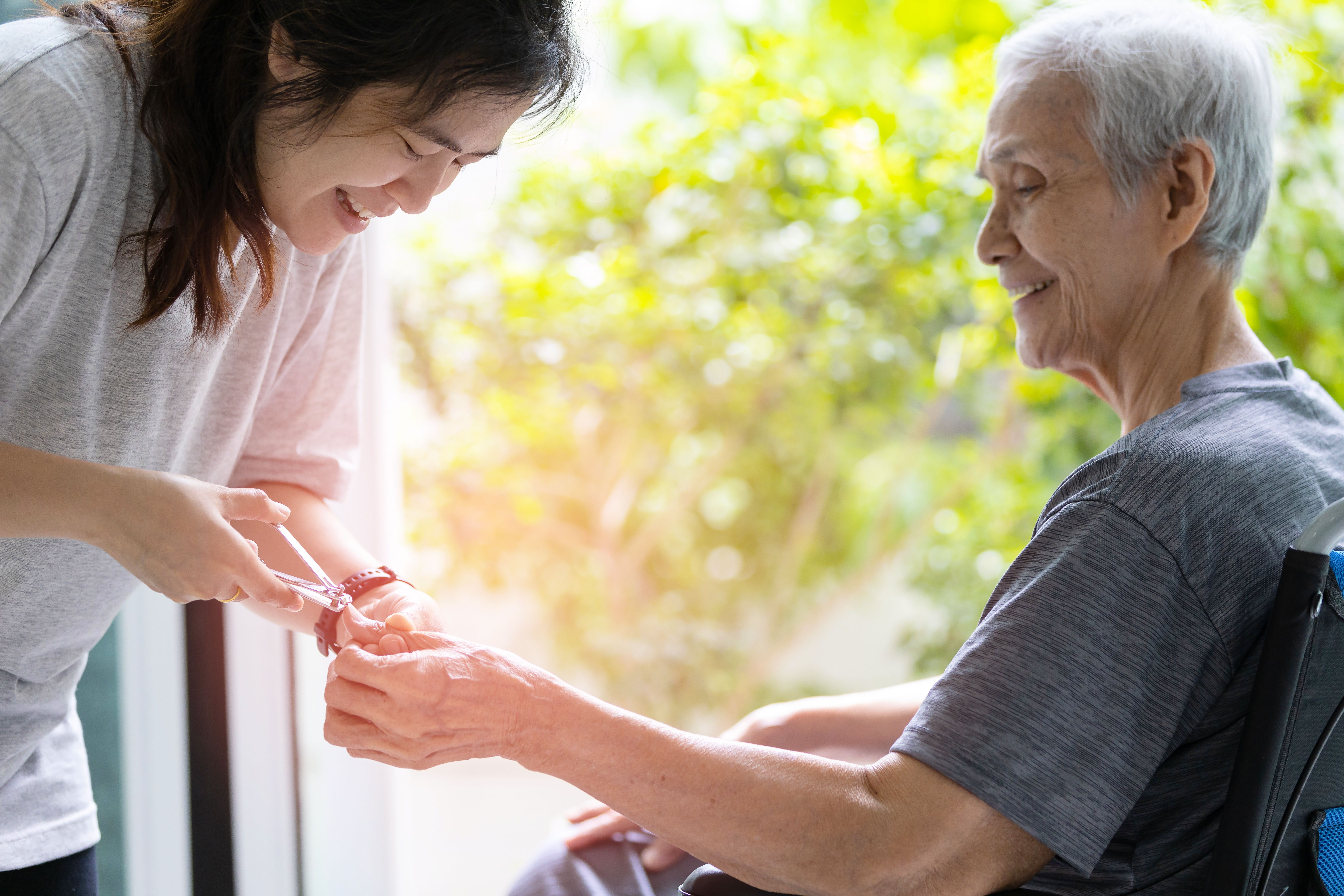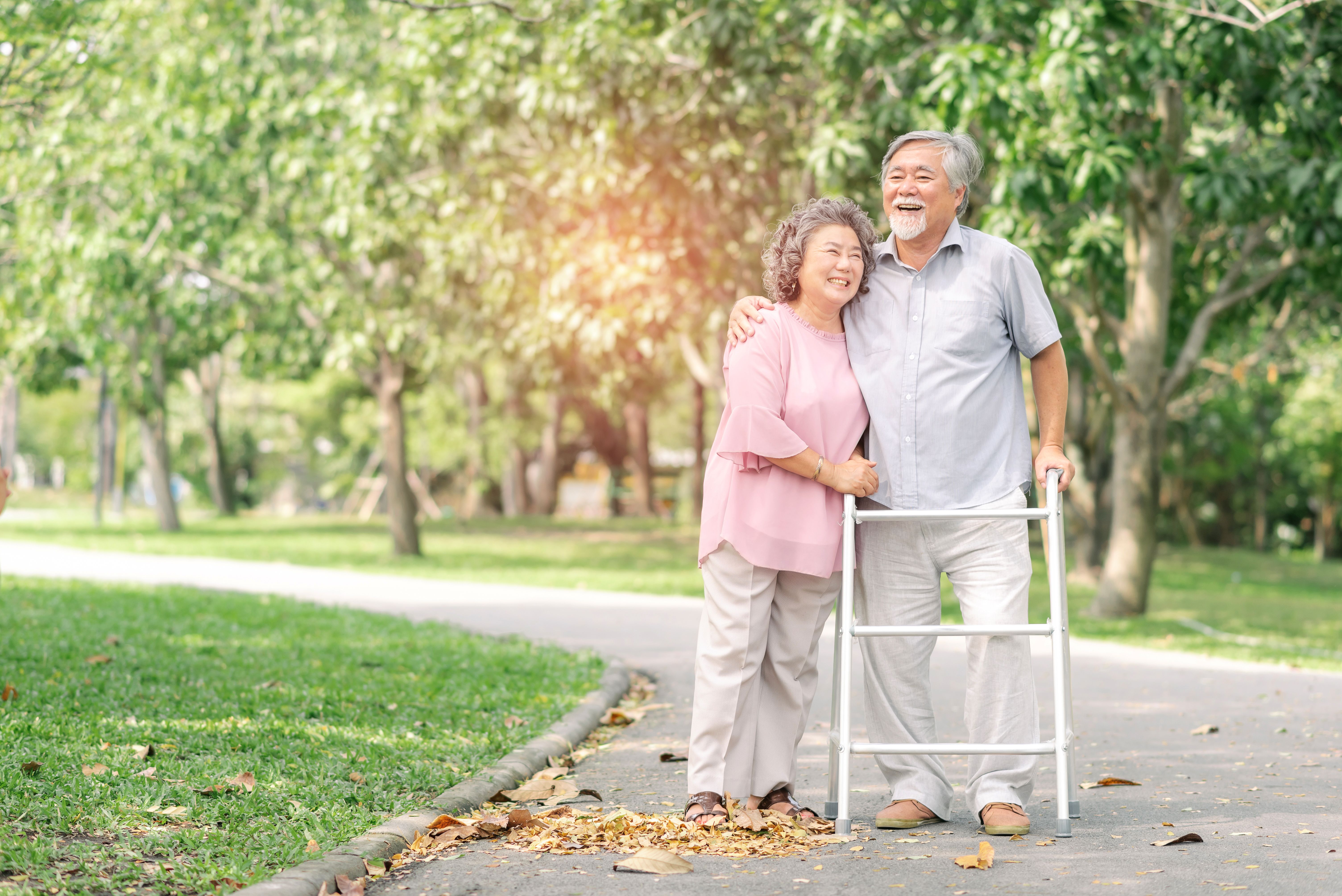The different types of burns and how to provide first aid for them
- CareBuddy
- 4 Mins Read
- 21 Sep 2022
- First Aid & CPR
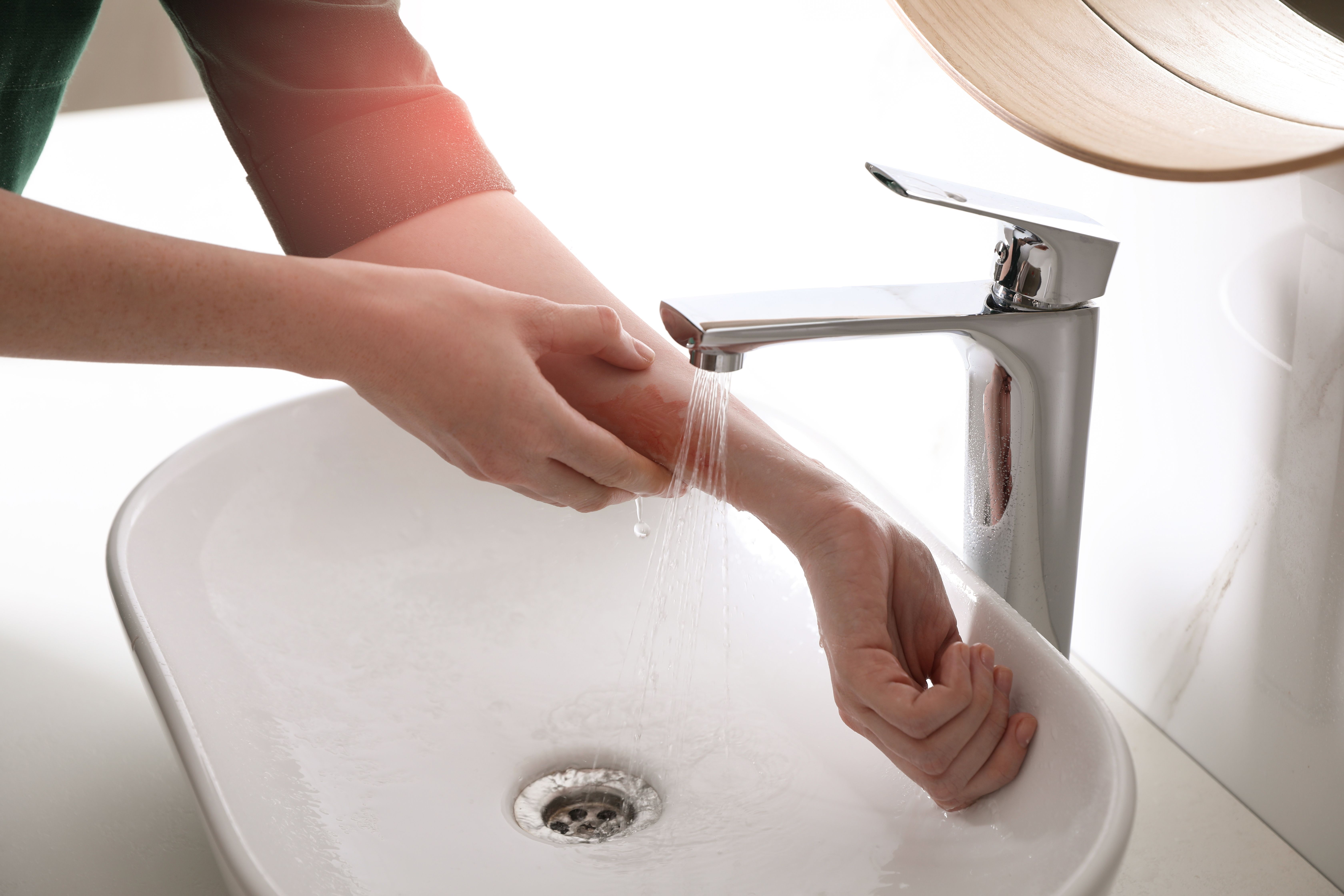
We’ve all been burned by something or the other in our lives. Burns are a kind of tissue damage that could be caused by extremes of temperature (heat or cold), contact with dry or liquid corrosive chemicals, over-exposure to the sun’s heat, or “wet” heat such as steam or spilled hot water.
Common sources of burns:
- Scalding: Hot water or steam
- Radiation: Sun burn
- Chemical: Acids, alkalis, corrosive materials
- Electrical: Lightning or electrical current
- Thermal: Hot surfaces
Burns depth
There are 3 degrees of burns depending on the layers of the skin that are affected.
- First degree burns: Affect only the epidermis (outermost layer of skin). Its symptoms include redness, pain and warmth. The skin, blood vessels and nerves are intact. A common example is sunburn.
- Second degree burns: Affect the epidermis and the dermis (middle layer of skin). Its symptoms include all the symptoms of first degree burns, plus damage to capillaries which leads to blisters and fluid loss.
- Third degree burns: Affect the epidermis, the dermis and the subcutaneous layer (innermost layer of skin). Its symptoms include the above-mentioned symptoms, plus black or grey charring due to damage to capillaries, other blood vessels and nerves.
Burns need to be treated not just because they are painful, but also because they come with risk of shock (loss of blood circulation) and infections.
Severity of burns
For a normal adult:
- Any 2nd degree of 1% or more must be seen by a doctor. For visual reference, 1% would be roughly the size of the victim’s palm. However, extra caution must be taken for infants, seniors, and burns near one’s joints.
- A 2nd degree of 9% or more may lead to shock, the person needs hospital treatment.
- A 3rd degree of any size requires immediate hospital treatment.
First aid for scalding and thermal burns
- Remove the person from the source of the burns and stop the burning process
- Remove the person from the source of heat or scalding liquid.
- Turn off the heat source, or move away from the danger zone to prevent further injury.
- If the burn is serious and the person is losing consciousness, perform a primary survey:
- DANGER: Check for danger in the environment, e.g. sharp objects, electricity, staircases.
- RESPONSE: Check the person’s response by tapping their shoulders and asking, “Hello! Hello! Are you ok?”. If they are unresponsive, press on their shoulders slightly more forcefully
- SHOUT: Ask a bystander to call 995 for emergency medical help.
- AIRWAY: Check if their airway is clear. Are there any obstructions to their airway?
- BREATHING: Look for chest rise and fall as indication of breathing.
- CIRCULATION: Check their pulse for an indication that blood circulation is normal.
- Assess the depth and extent of their burns
- Apply the 4 C’s
- Cool the burn
- Immediately cool the burn by holding it under cool (not cold) running water for at least 10-20 minutes. This helps reduce skin temperature and prevent the burn from worsening.
- If running water is not available, use a cool, clean compress or immerse the burn in cool water.
- Avoid using ice, as it can damage the skin further.
- Constrictions (e.g. watch, bracelet) need to be removed.
- Gently remove any tight clothing, jewelry, or accessories from the burn area, as the skin may swell.
- Do not try to remove clothing that is stuck to the skin, as this can cause more damage.
- Cover the burn (blot dry and cover with a sterile dressing or any clean cloth)
- After cooling, loosely cover the burn with a sterile, non-stick bandage or clean cloth to protect the area from infection.
- Avoid using materials that may stick to the burn, such as cotton wool or adhesive bandages.
- Consult a doctor for tertiary care.
- Call for emergency medical assistance if the burn is severe, covers a large area, or affects critical areas such as the face, hands, feet, groin, or major joints.
- Seek medical help if the burn is deep, or if you notice signs of infection like increased redness, swelling, or oozing.
- For 2nd degree burn, do not break blisters nor cover blisters with adhesive dressings. Do not use antiseptic preparation.
- For 3rd degree burn, watch for breathing difficulties when burns involve the face and neck. Treat for shock if present.
- Cool the burn
- Avoid Home Remedies:
- Do not apply ointments, creams, butter, or oils to the burn, as these can trap heat and worsen the injury.
- Avoid breaking any blisters that form, as this increases the risk of infection.
- Hydrate the Person:
- Encourage the person to drink plenty of fluids, especially if the burn covers a large area, to prevent dehydration.
First aid for radiation (e.g. sun burn)
- Apply the 4”C”.
- Hydrate the person
- If signs of heat disorders such as heat stroke are also present, treat the person accordingly and call 995 for emergency medical service
- Apply aloe vera gel on the affected area. Use only a thin layer of the gel. Leave it on for about 10 minutes, then rinse with cool water and (blot) pat dry.
First aid for electric burns
- Shut off electrical supply.
- Remove person from danger.
- Check ABC (Airway-Breathing-Circulation) and perform Cardio Pulmonary Resuscitation (CPR) if required. Find out more about CPR at 'How to perform CPR during a sudden cardiac arrest'.
- Treat for shock
- Cover the entry wound and exit wound.
- Call 995 for emergency medical services) and evacuate to the hospital.
First aid for chemical burns
- Protect yourself with gloves before you protect the affected person.
- Immediately flush the affected area with clean water for a minimum of 10 minutes. Ideally, flush the area for 15-20 minutes.
- If it’s a dry chemical, brush off before rinsing the burn.
- (Call 995 for emergency medical services) Evacuate to hospital.
Article reviewed by David Tay, Senior Principal Educator (Nursing and Prehospital Care), HMI Institute.
